Lisbon, Portugal. 4th Oct.
Stunning sail in.
Many of the houses in Lisbon are coated in tiles – made famous by the King when he built his palace.

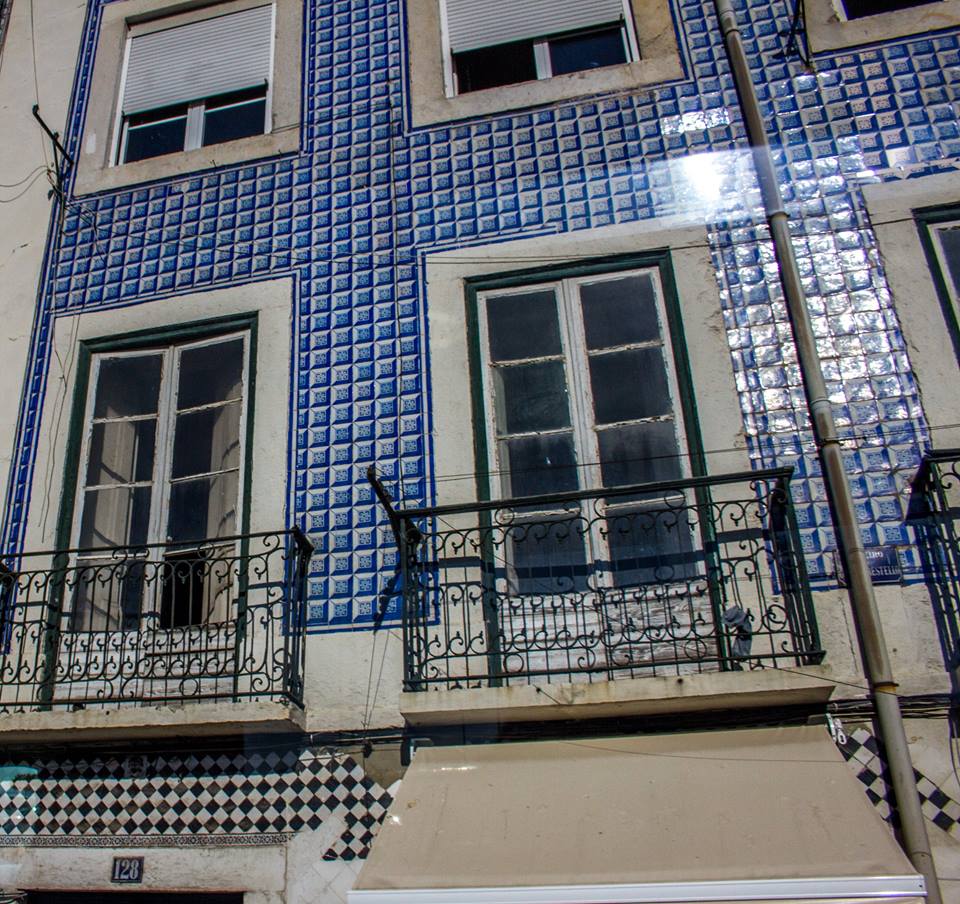
The Jerónimos Monastery and the Church of Santa Maria – a monastery for the Order of Saint Jermome. It’s a super example of the Portuguese Late Gothic Manueline style of architecture. It’s A UNESCO World Heritage Site. 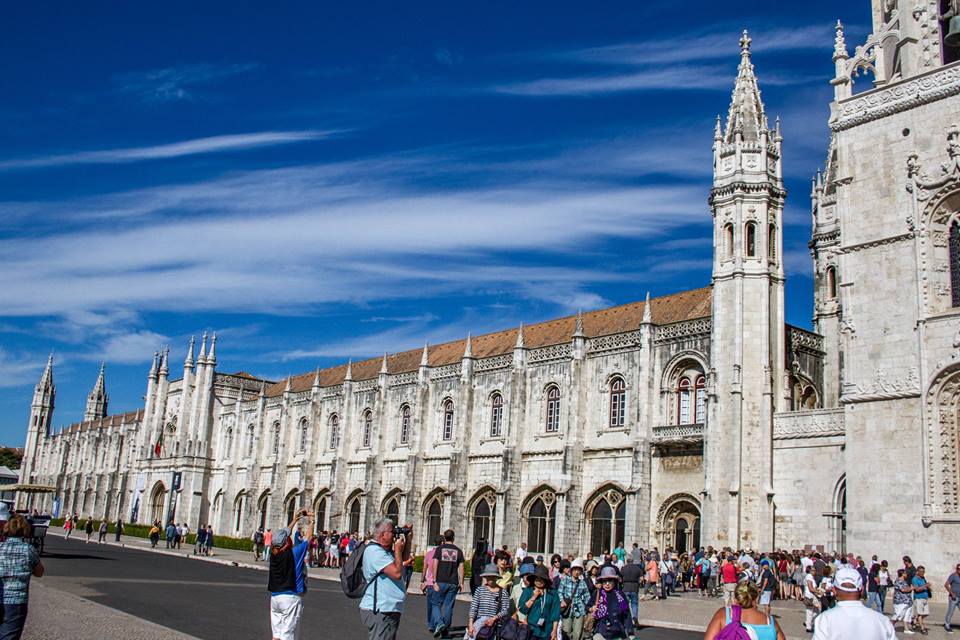
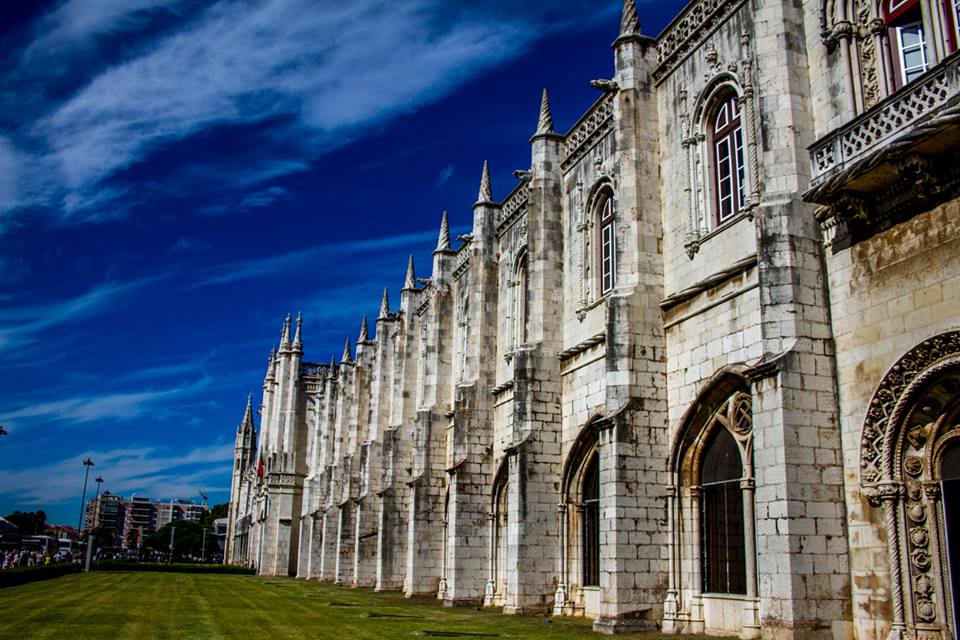
The building was historically associated with sailors and explores. This is where Vasco De Gama headed off from – when he was the first European to find India. Heaps of the carvings have nautical themes with ropes and sea creatures in them.
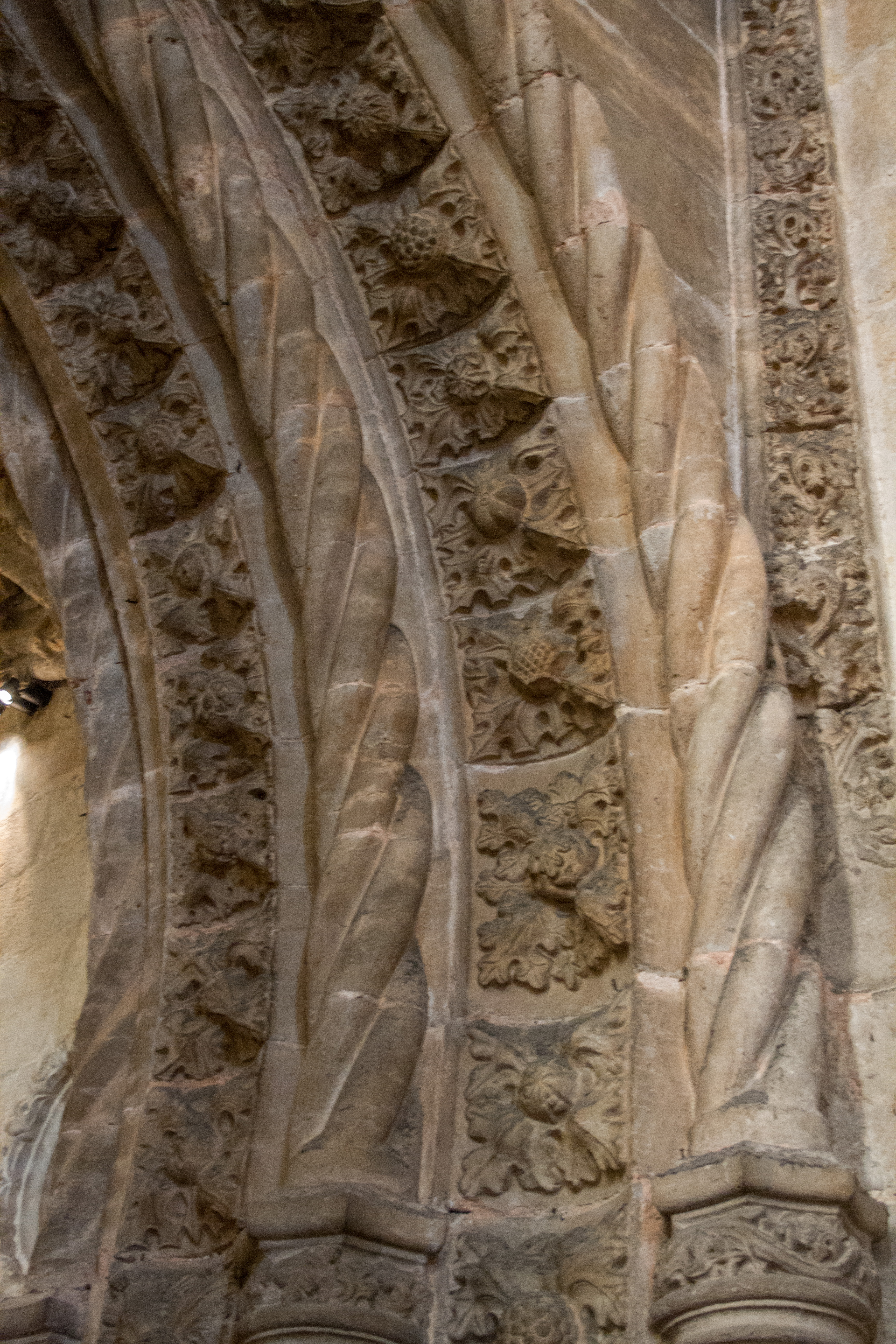
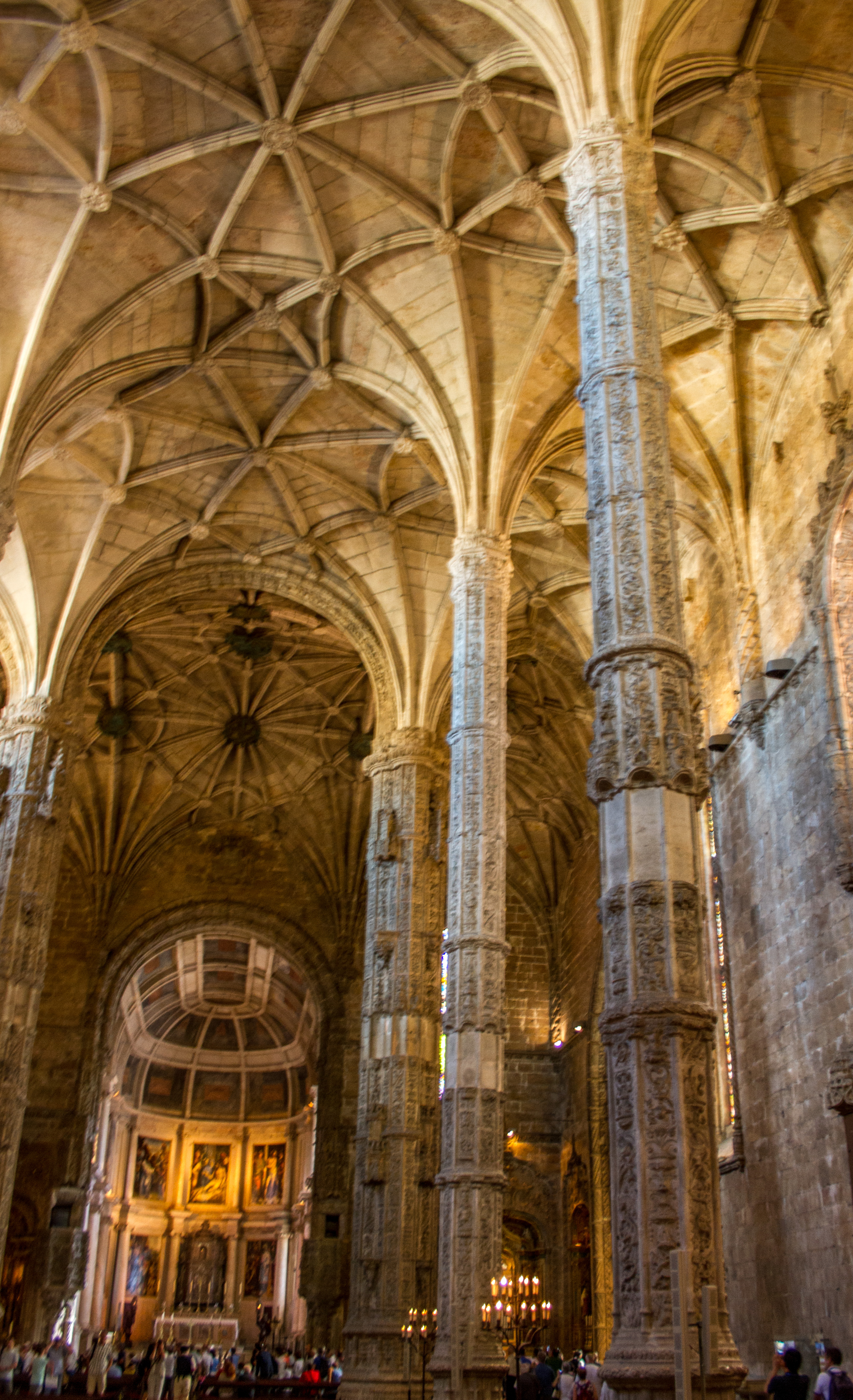

The monastery and church started in 1501 and took 100 years to finish.
The 1755 earthquake destroyed most of Lisbon, but the Monastery and church survived.
It’s one of the most decorative churches in Portugal and the place is huge. I mean HUGE and pretty damn impressive.
Sintra is a small resort town about an hour from Lisbon, in the Sintra Mountains. It had been a favorite sanctuary for the royals for a very long time. It was a beautiful little town with the many twisting alleys and tourist shops.
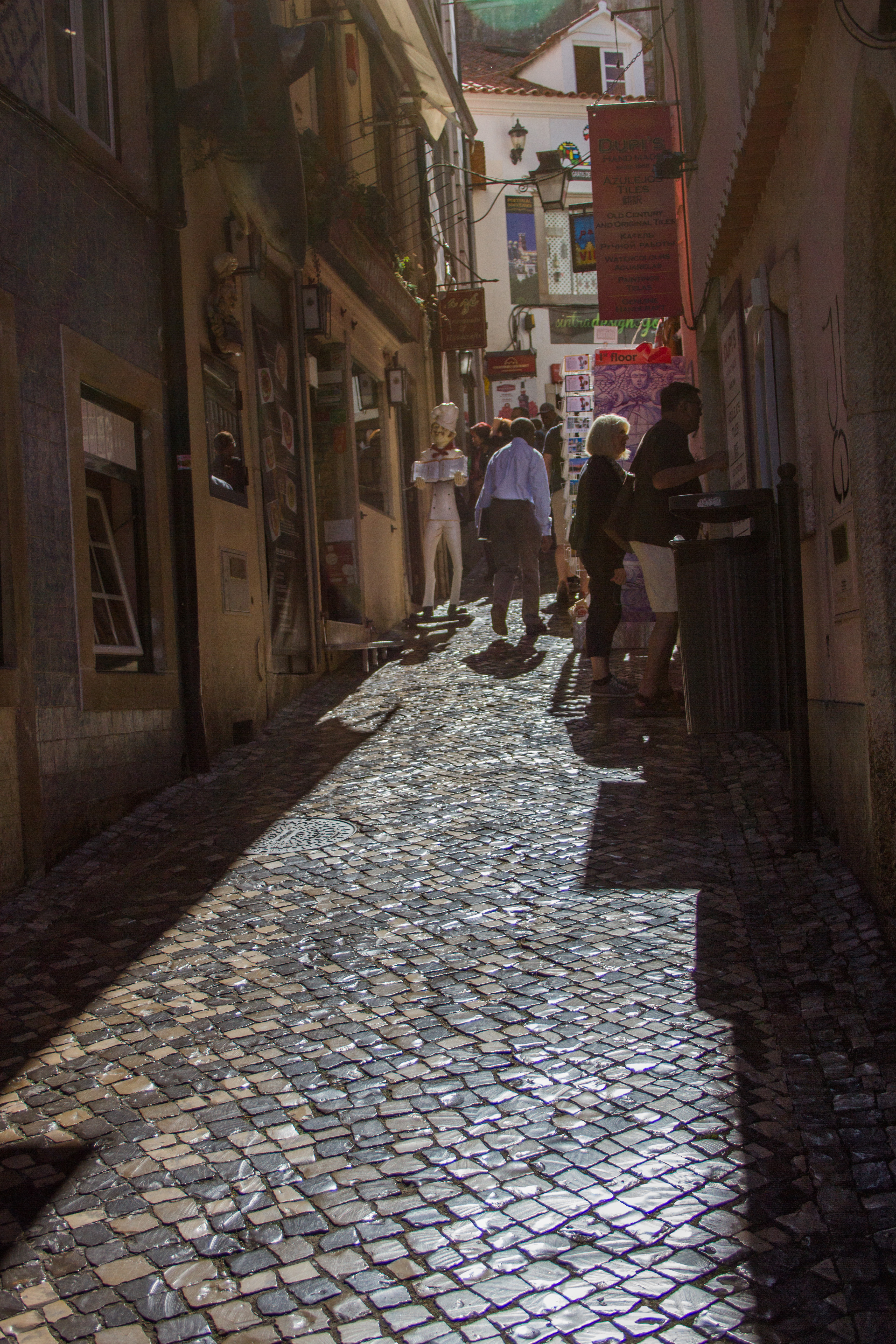

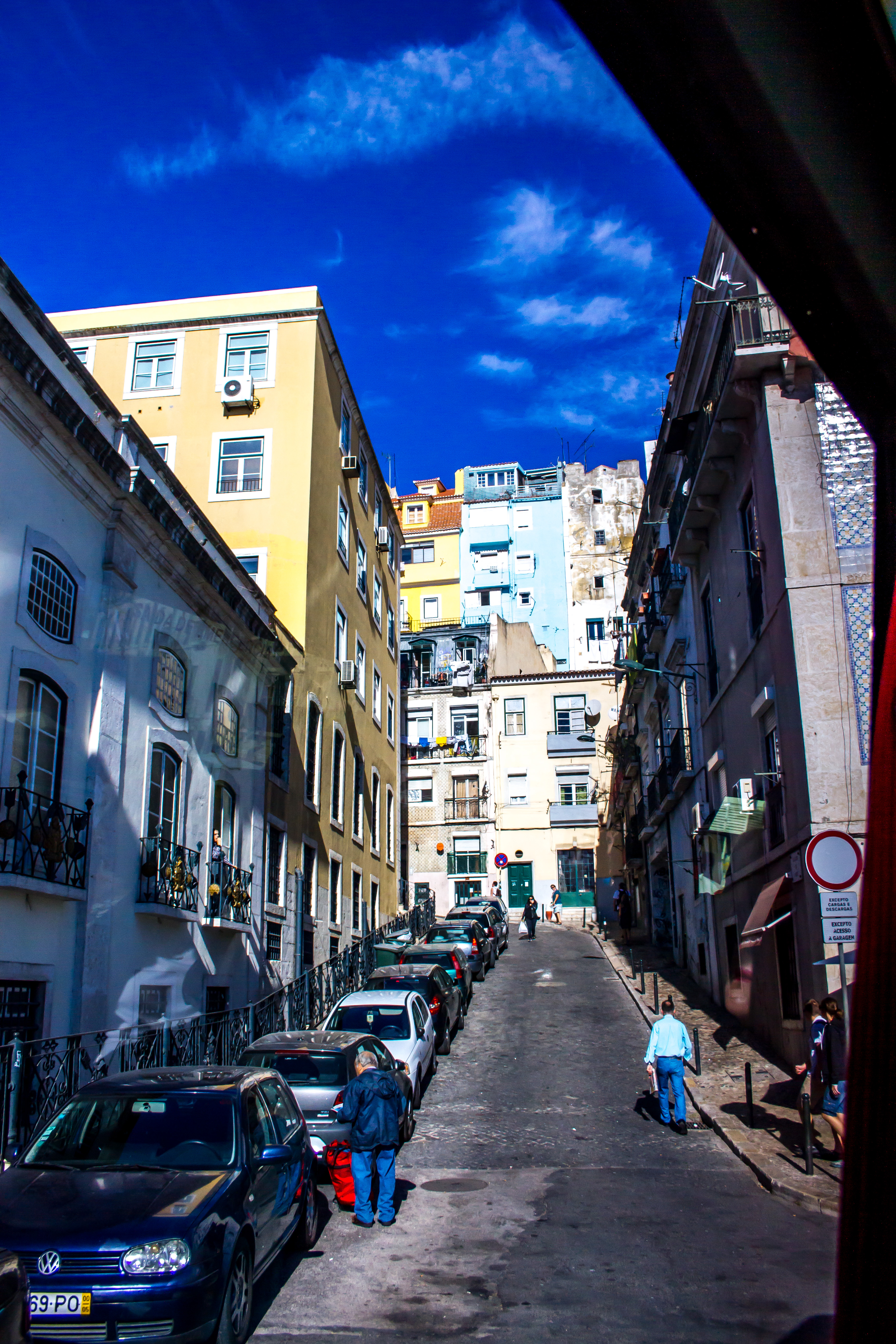
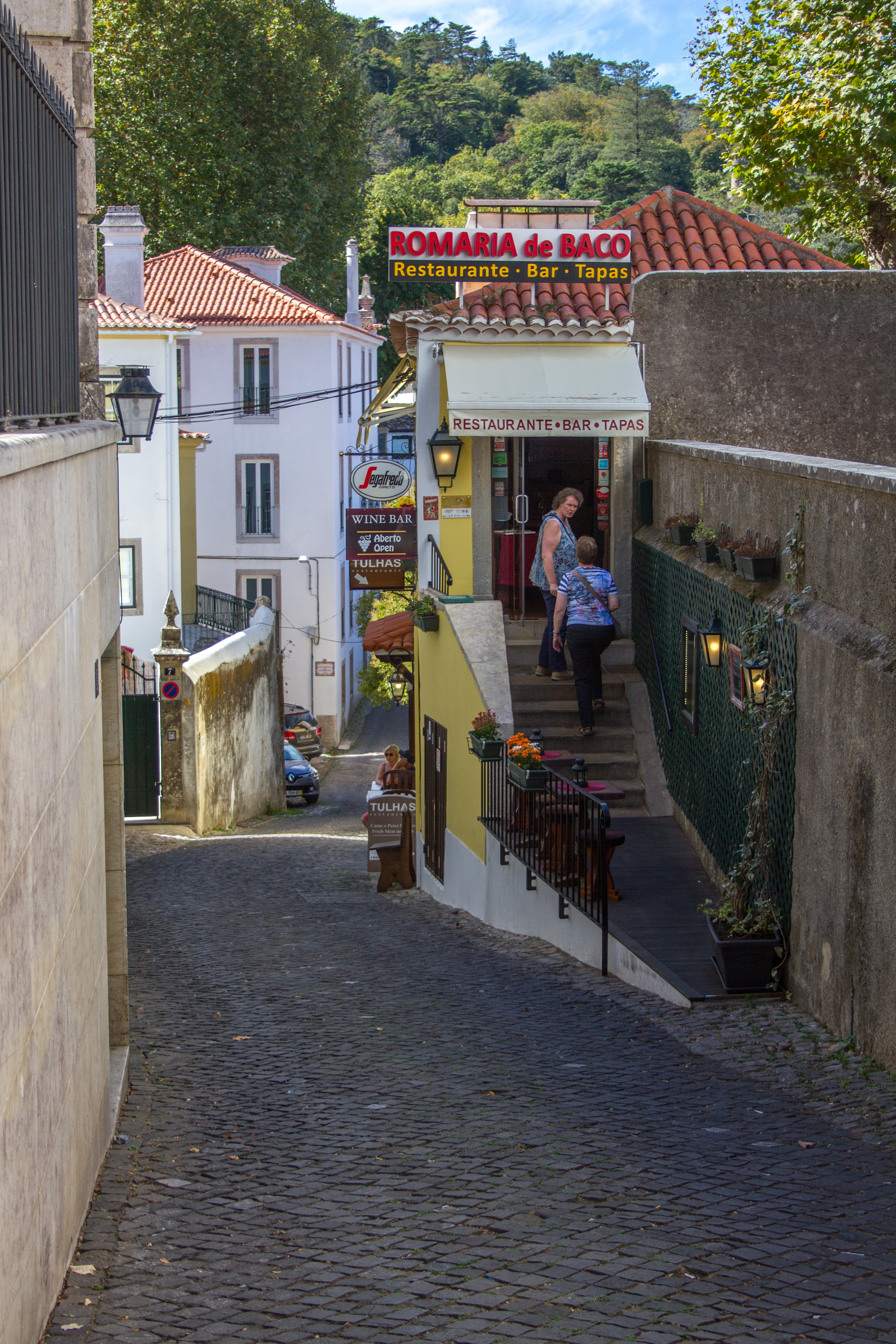
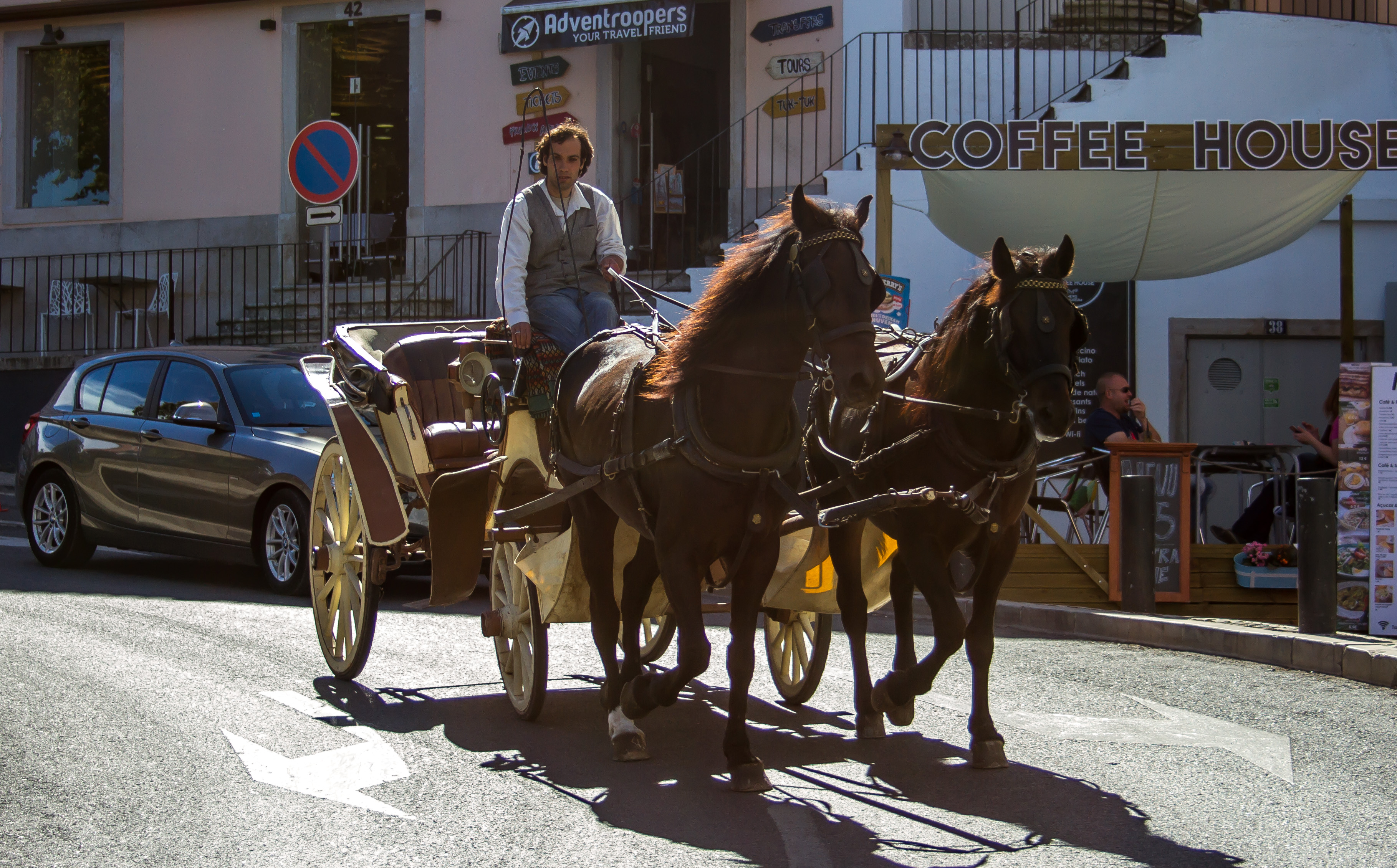
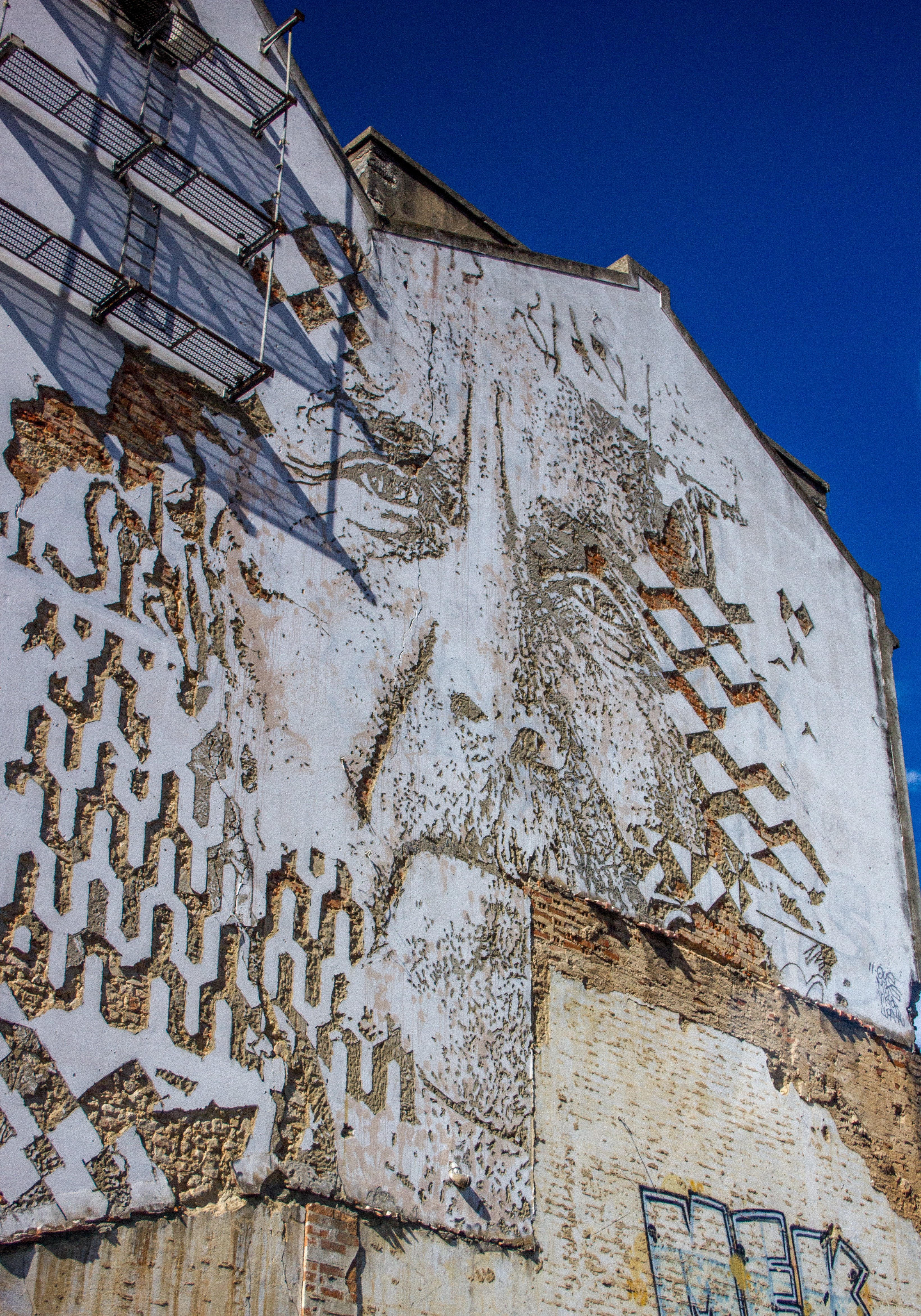
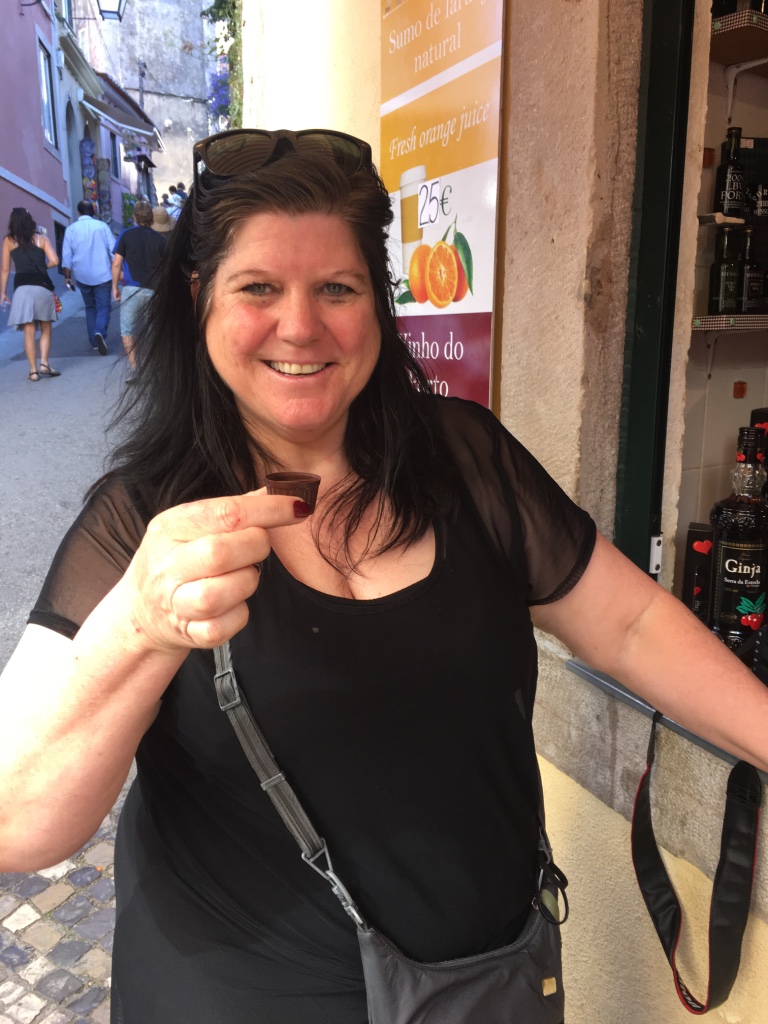
Shots for breakfast. Cherry Port Wine, in a chocolate cup. Why would you not? 1 Euro. And it was glorious. I could have sat down and had a few more. But at 19% I thought I had better not.
There was the Sintra National Palace, with its two massive chimneys.
Back into the bus to the next stop.
At the top of the heavily forested hill is the Pena National Palace.
Also on the hill top is ruin of The Castle of the Moors, built in the 9th century by the North African Moors. But fell into ruins after the Christians …basically slaughters all of the Moors.
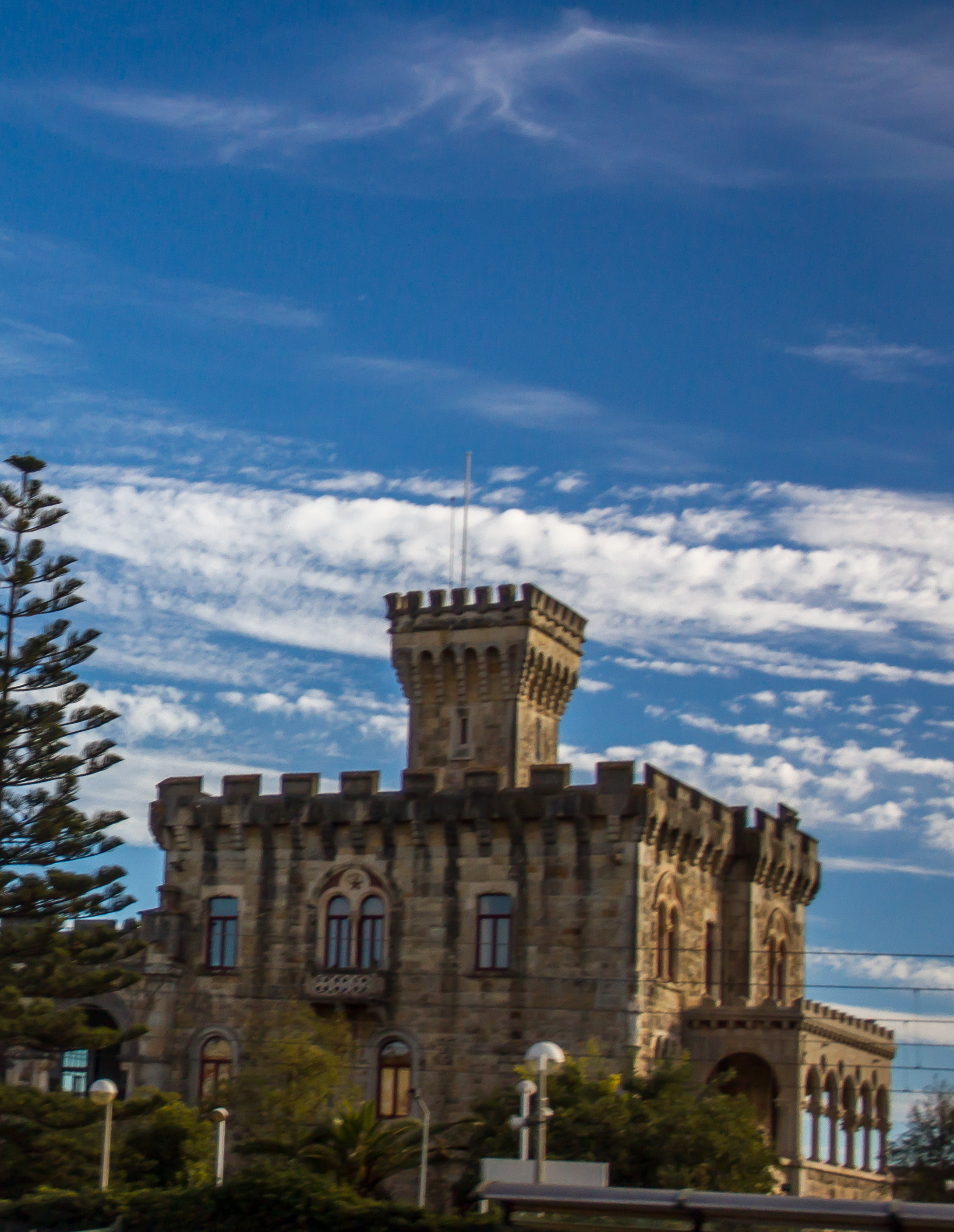
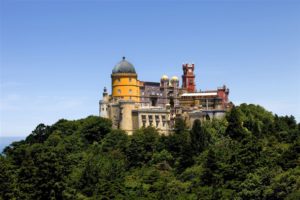
The Pena Palace was started in the Middle Ages as a chapel dedicated to Our Lady of Pena. King Manuel 1 decided to build a monastery here for the Order of Saint Jerome. It was a quiet secluded spot for centuries. In the 1700’s the monastery was damaged by lighting then flattened by the 1755 earthquake. The chapel survived. Young Prince Ferdinand was fascinated by the place with the ruins and an ancient Castle of the Moors and ‘acquired the lands’. Later the then King Ferdinand set out to have the new castle built – he used a German architect but also wanted vault arches, Medieval and Islamic elements.
It was completed by around 1850.
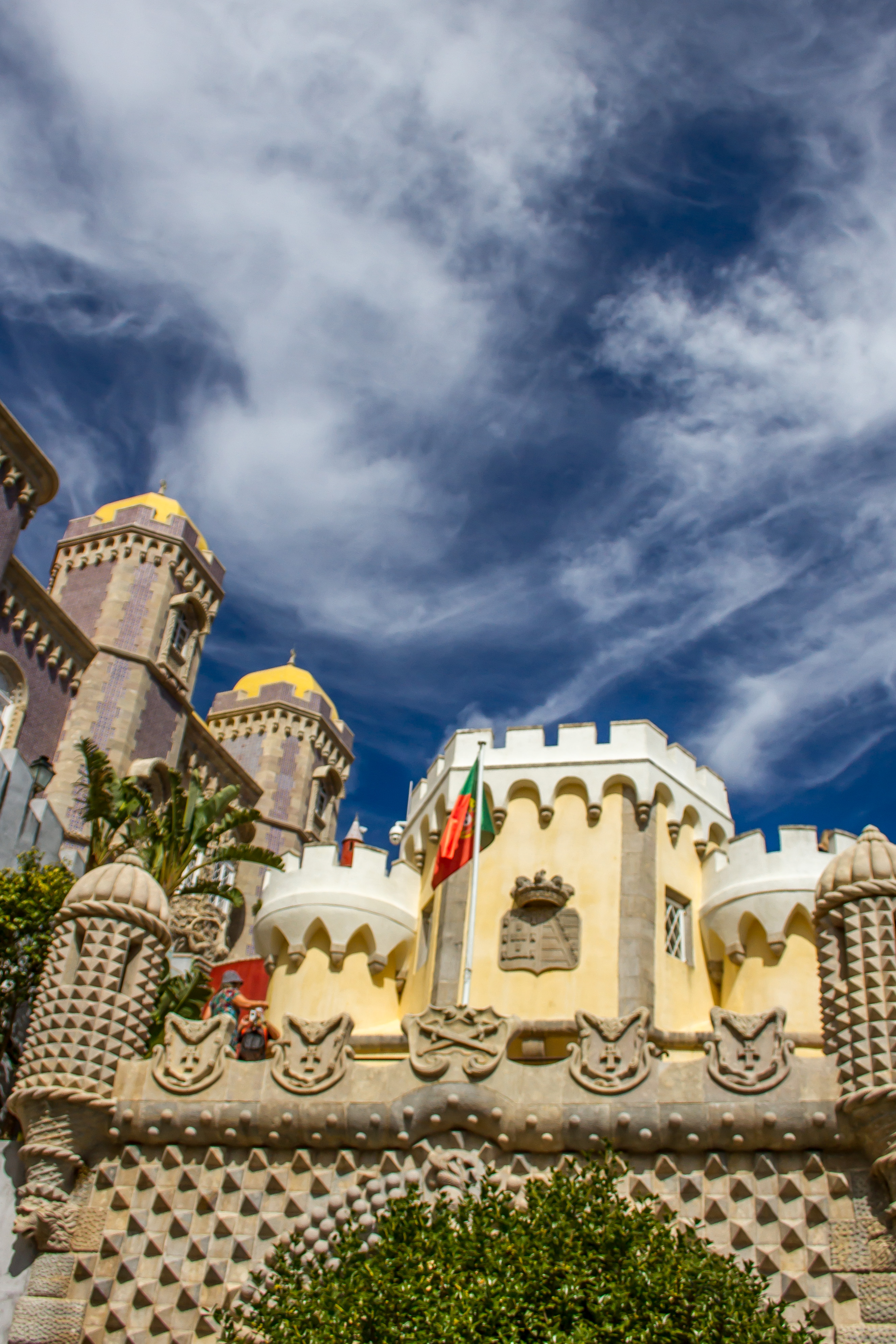
The government took control after the Republican Revolution. Queen Amelia spent her last night here before fleeing the country in exile. 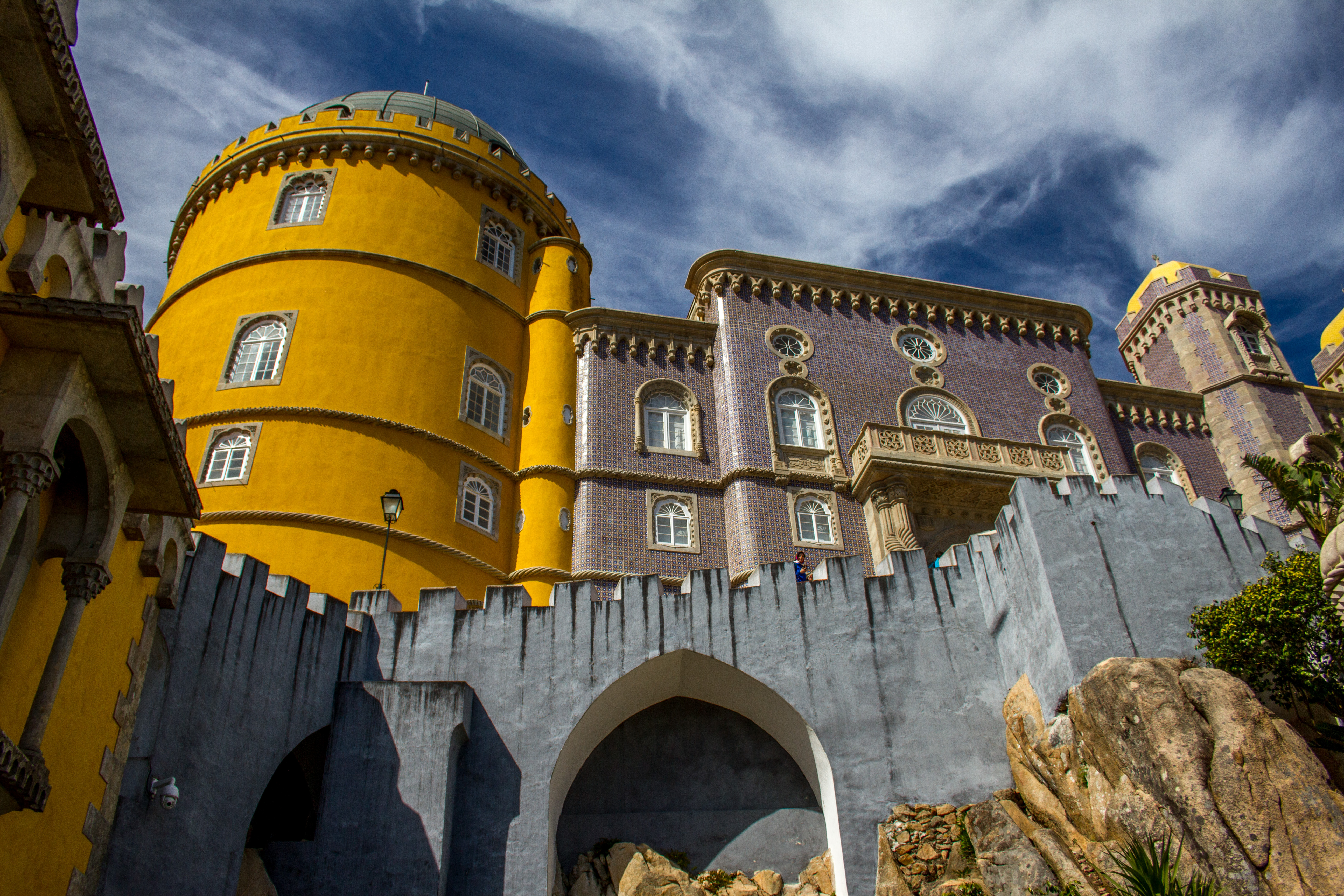
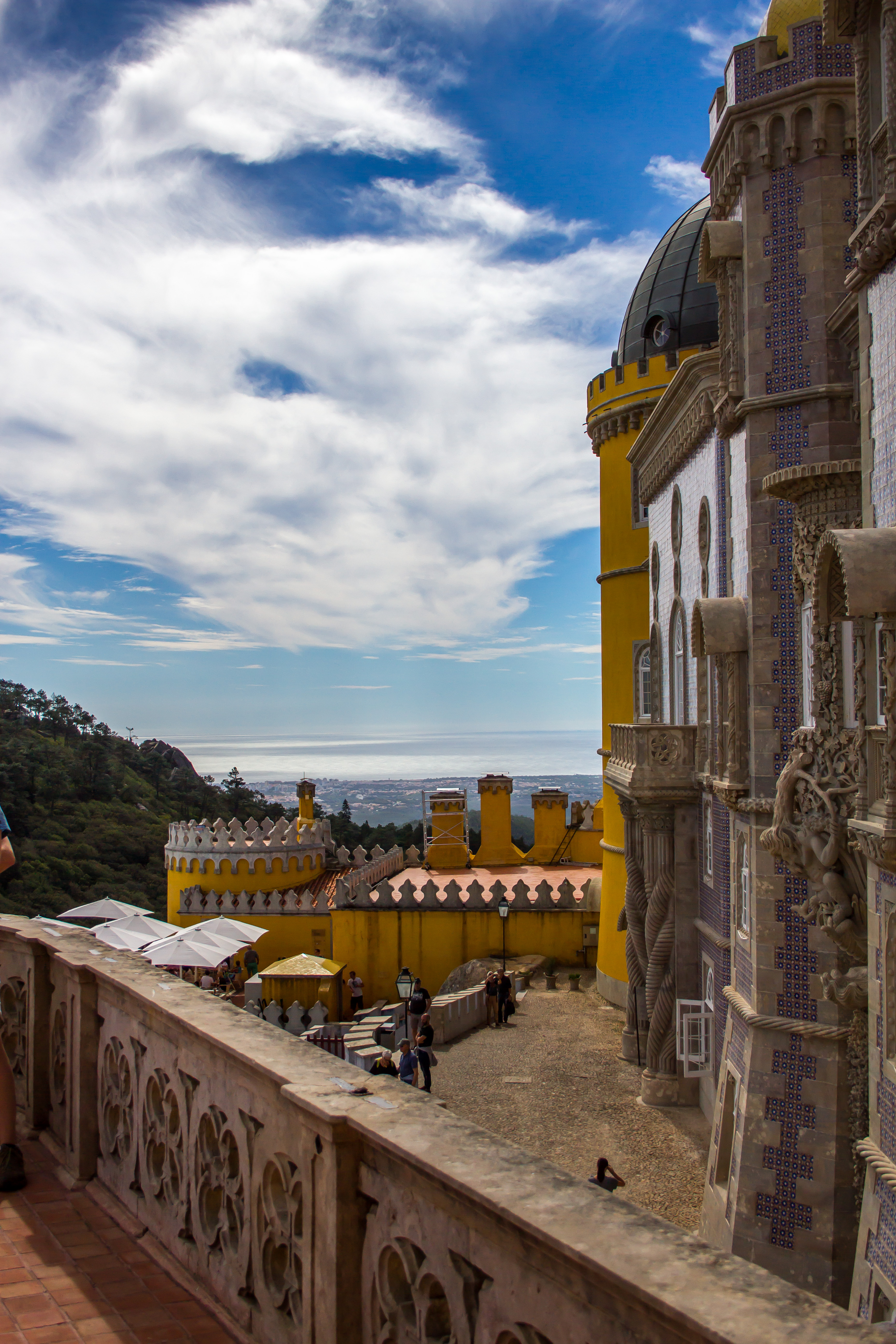
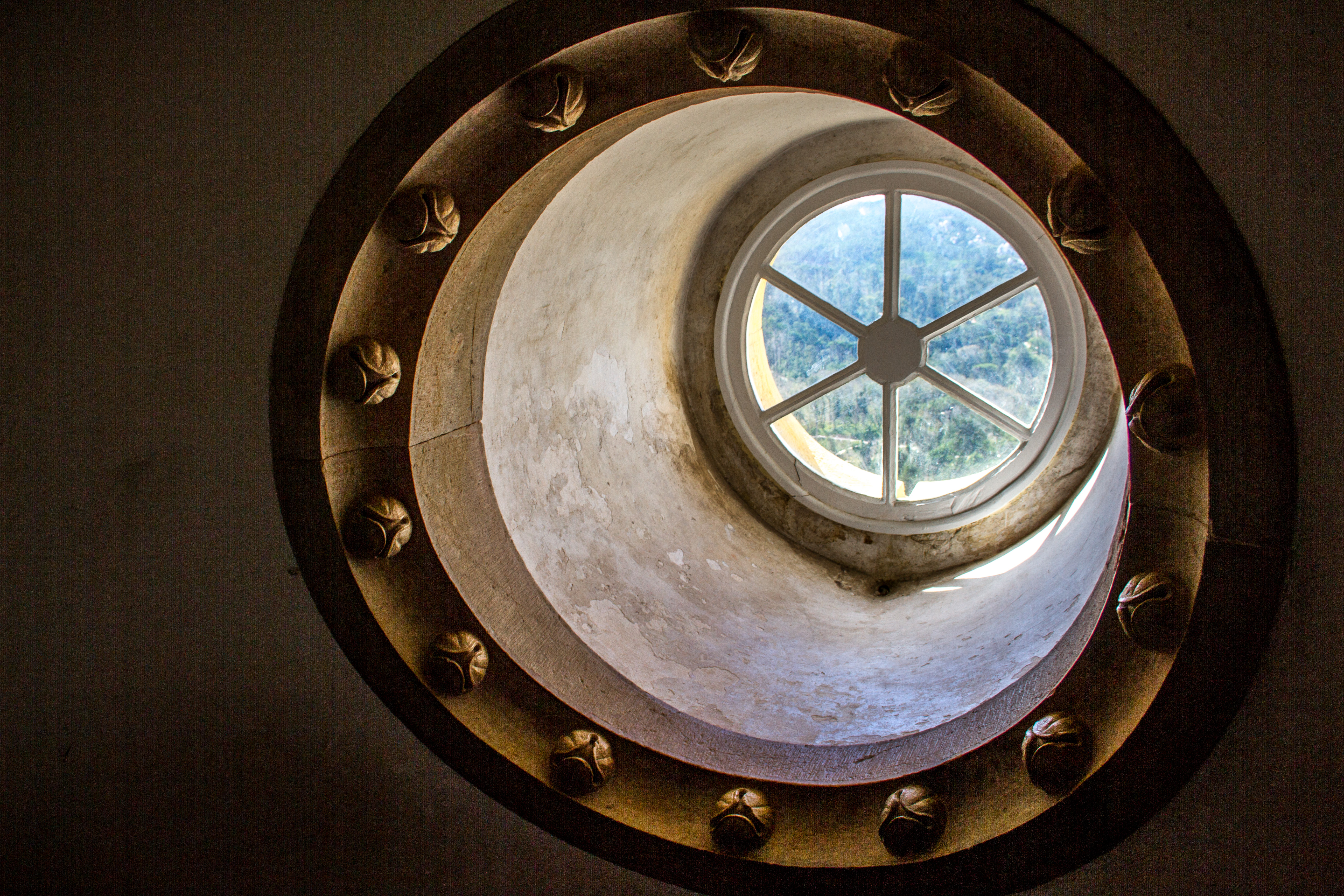
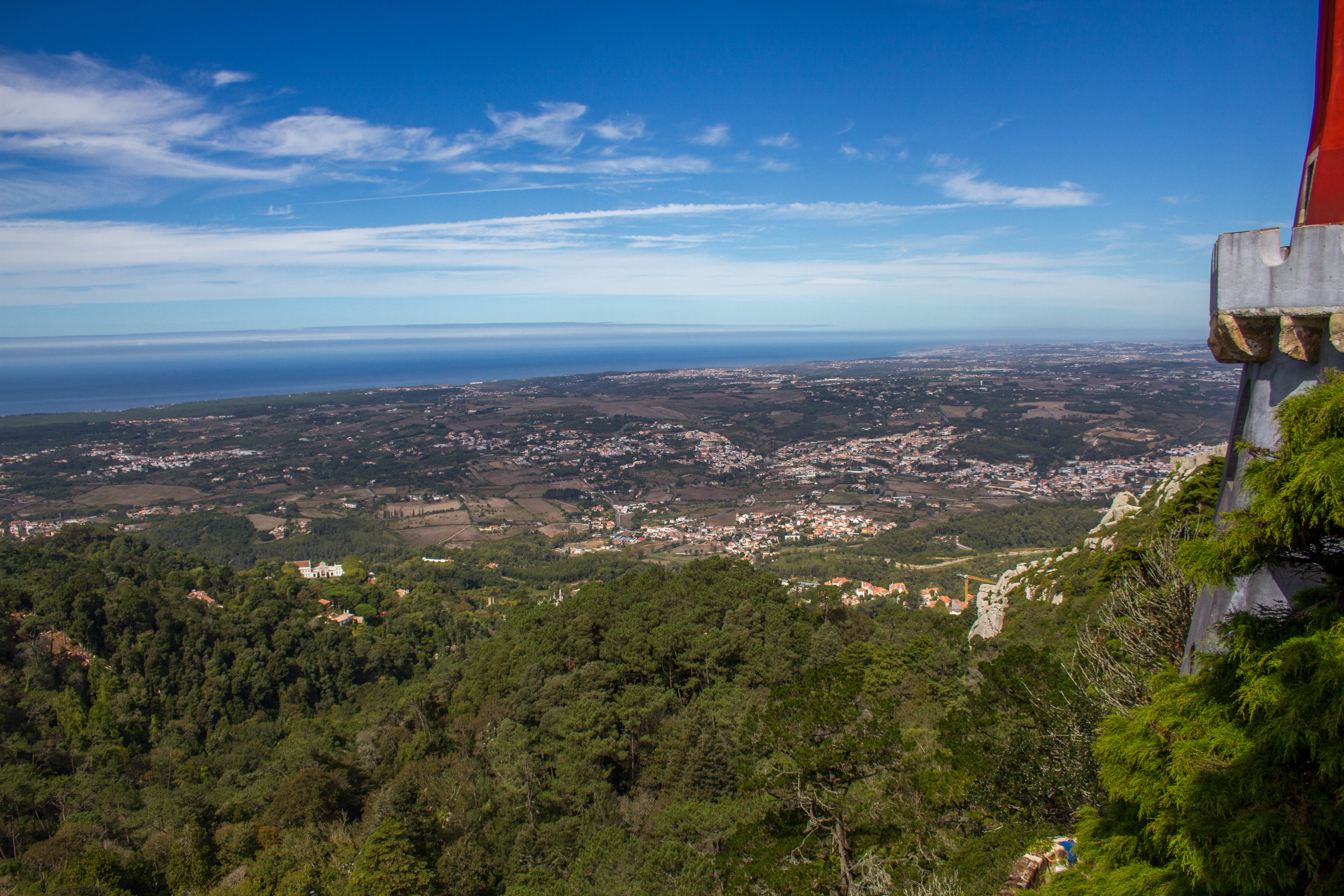
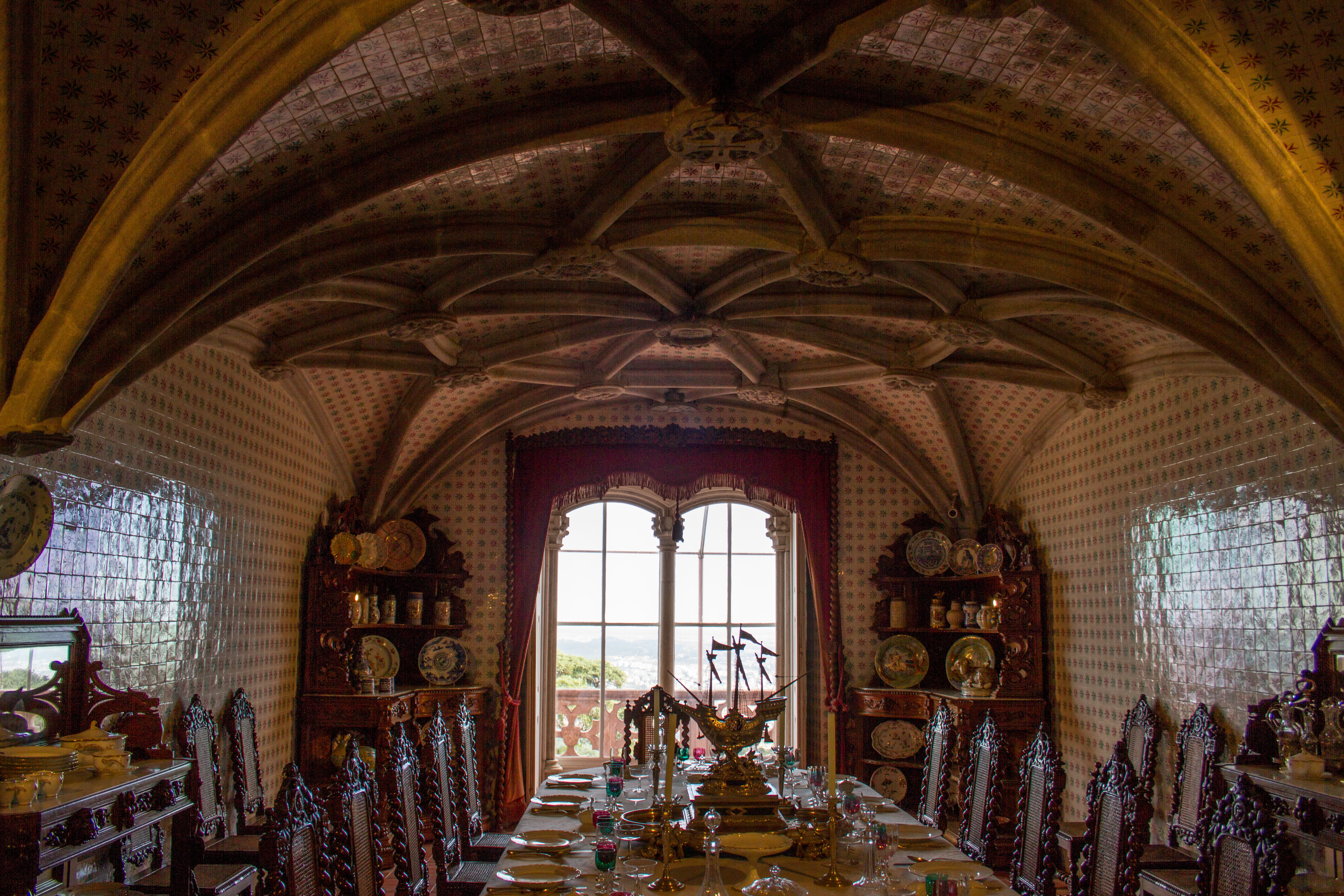
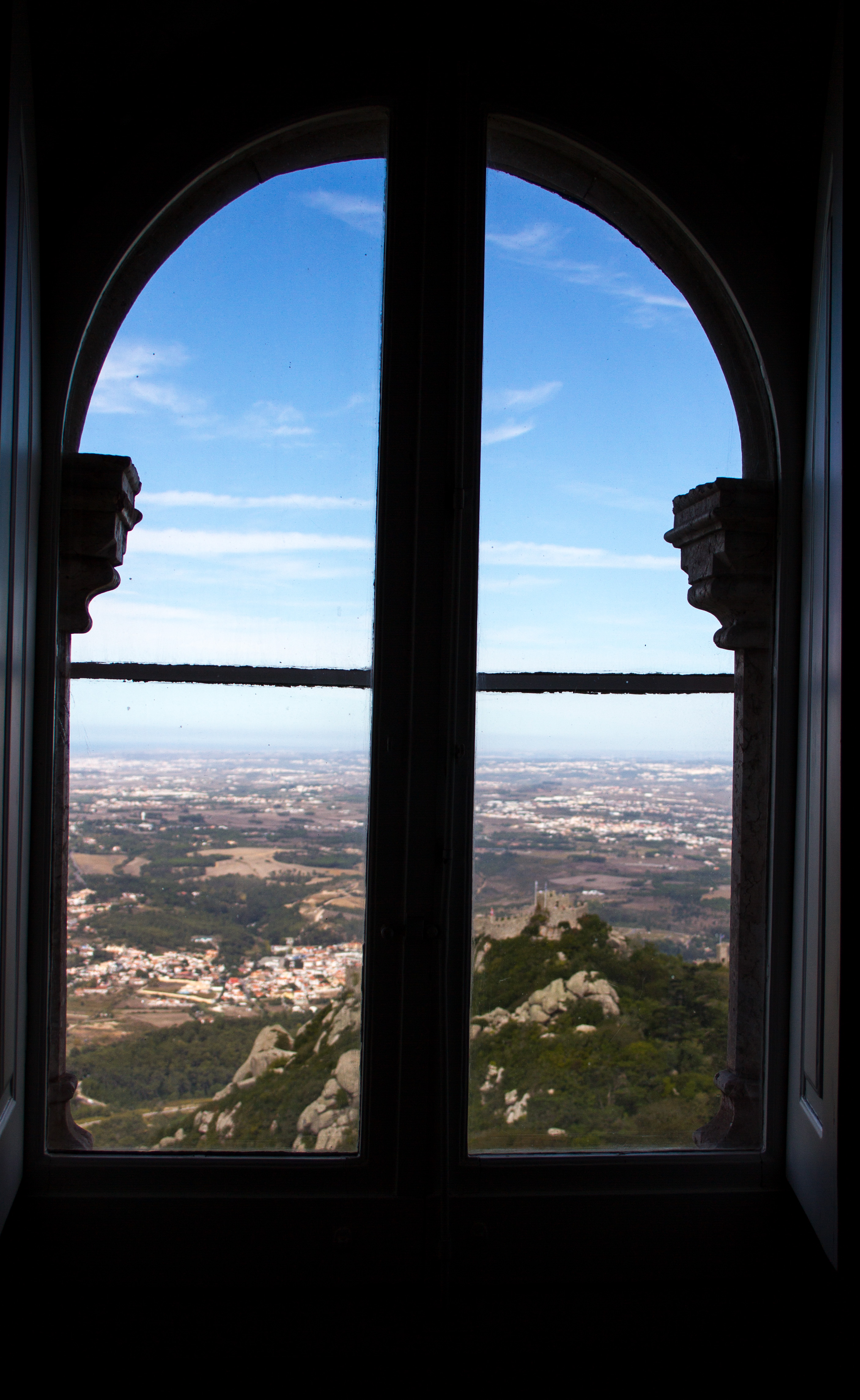
King Ferdinand was also fascinated in the new technique of ceramic tiles. He used them extensively and much of the building is clad in tiles. It then became a fashion – of course – and much of Lisbon is tile clad. The glaze method was very basic, so the tiles have raided edges to stop colours bleeding into each other during firing.
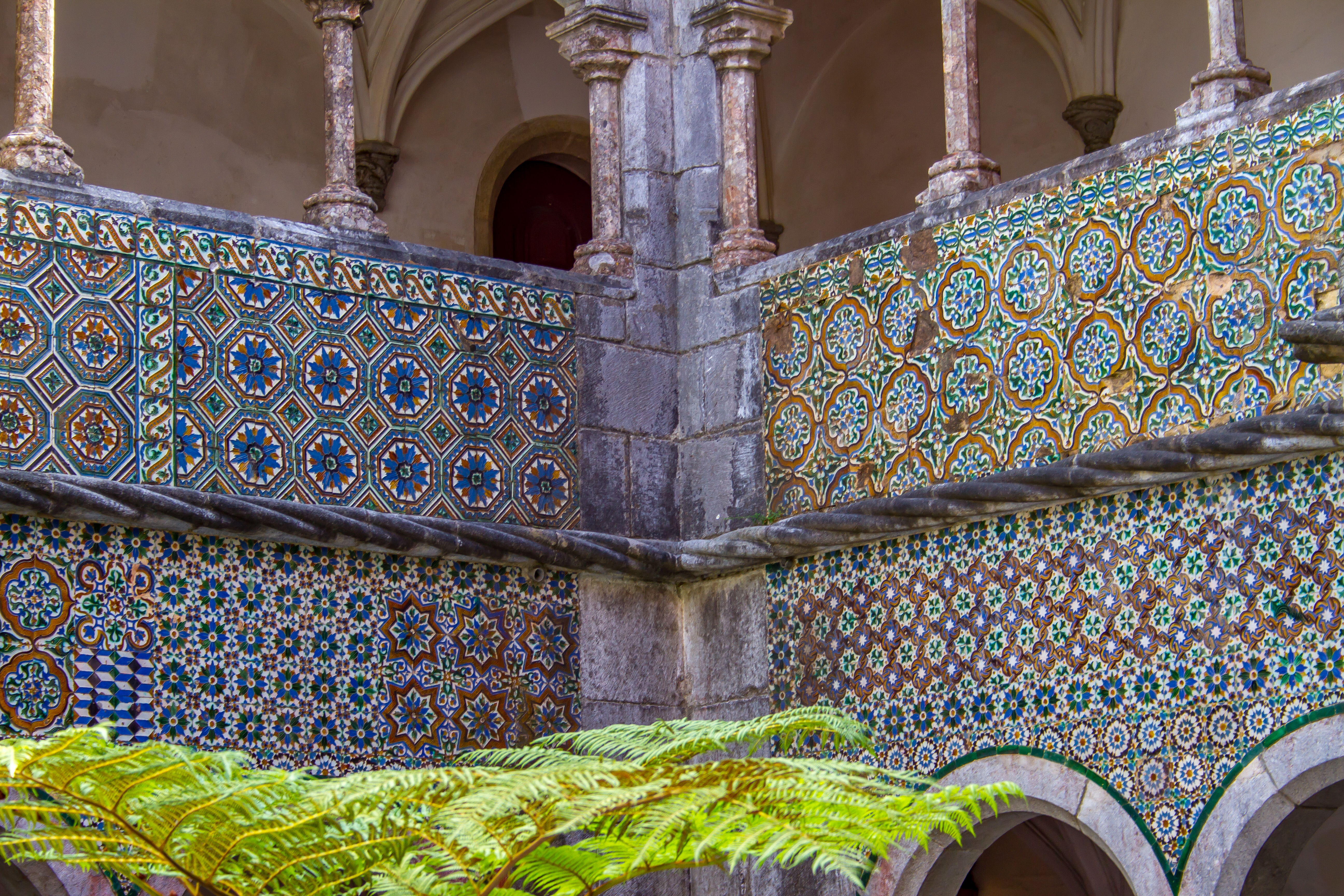
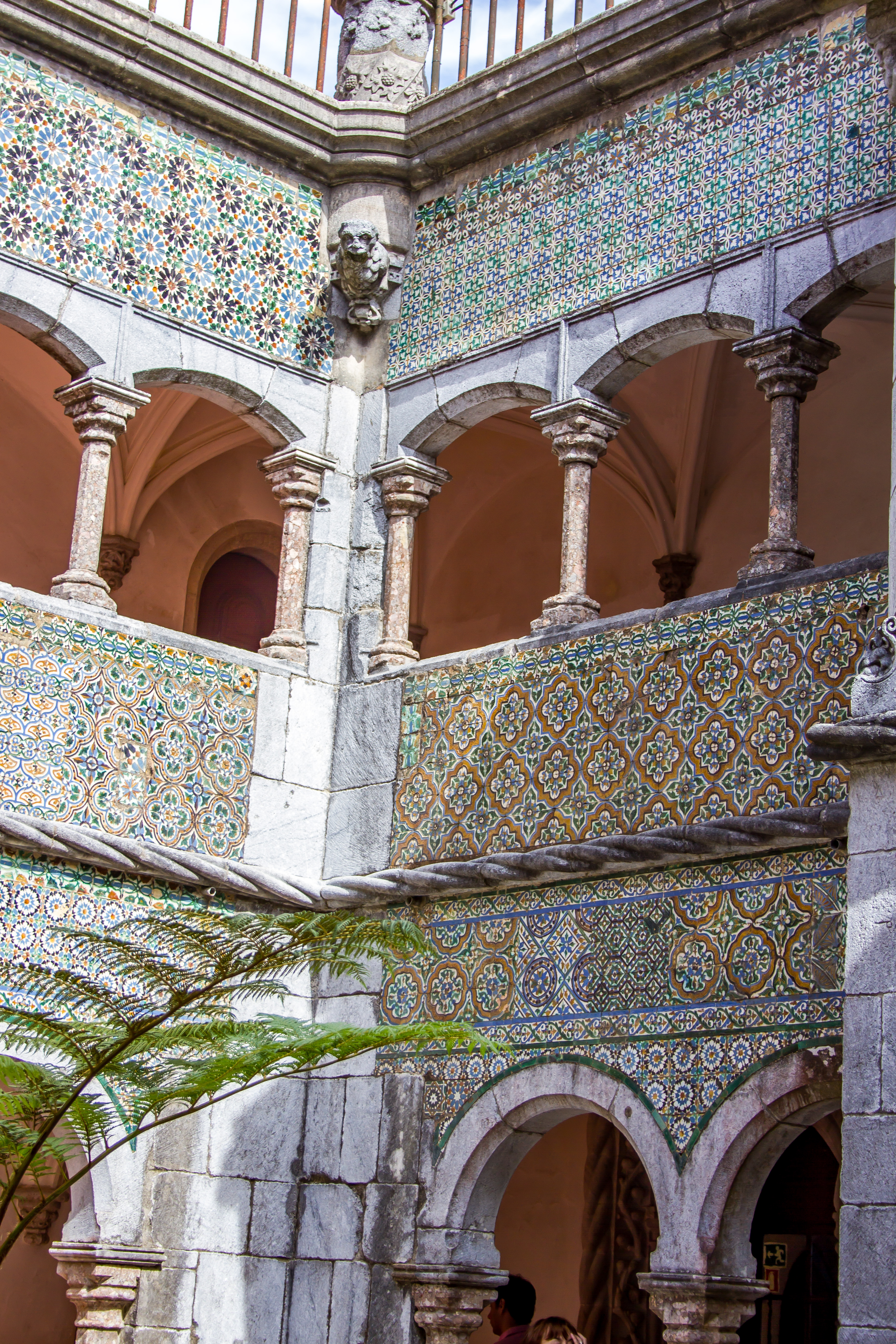

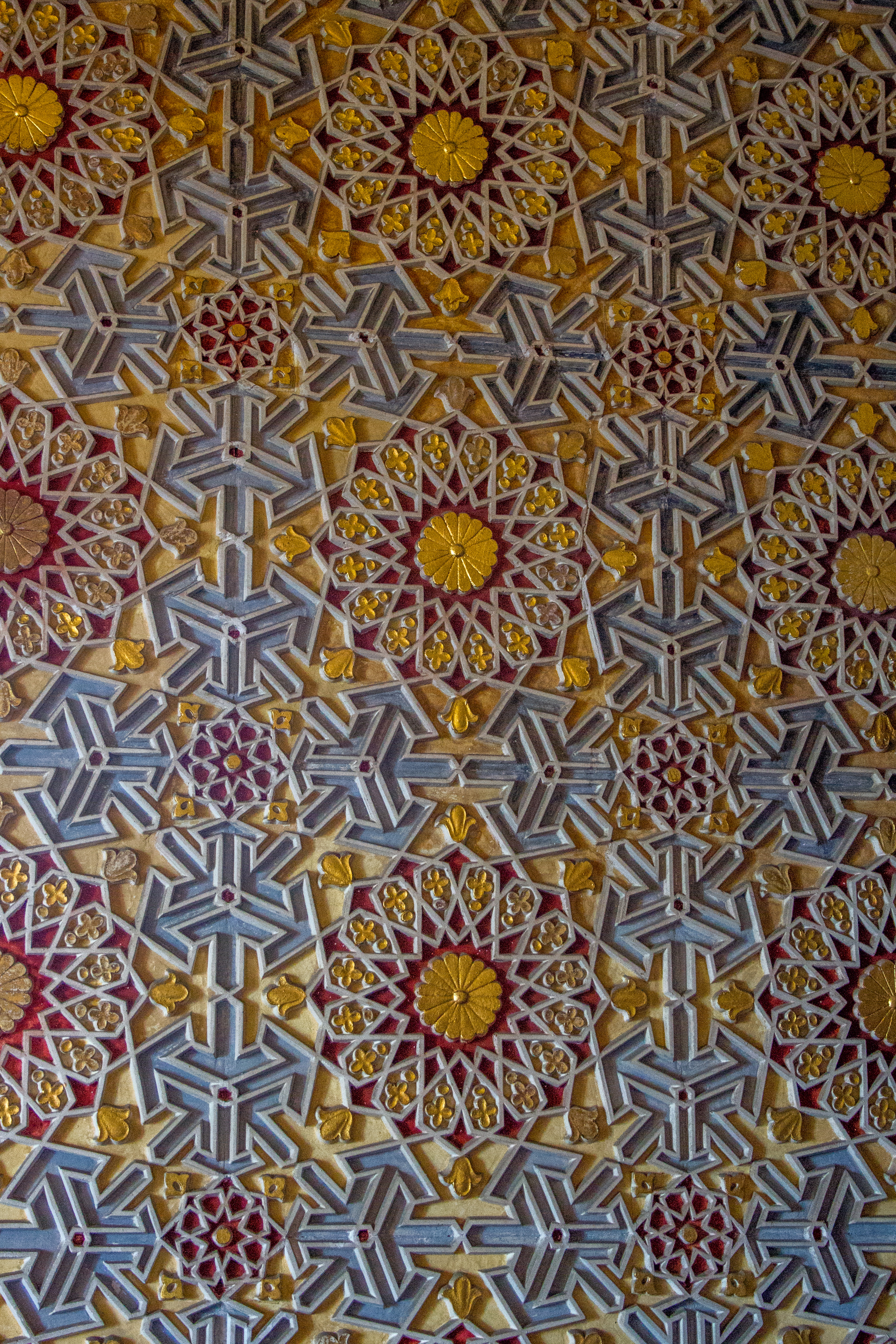
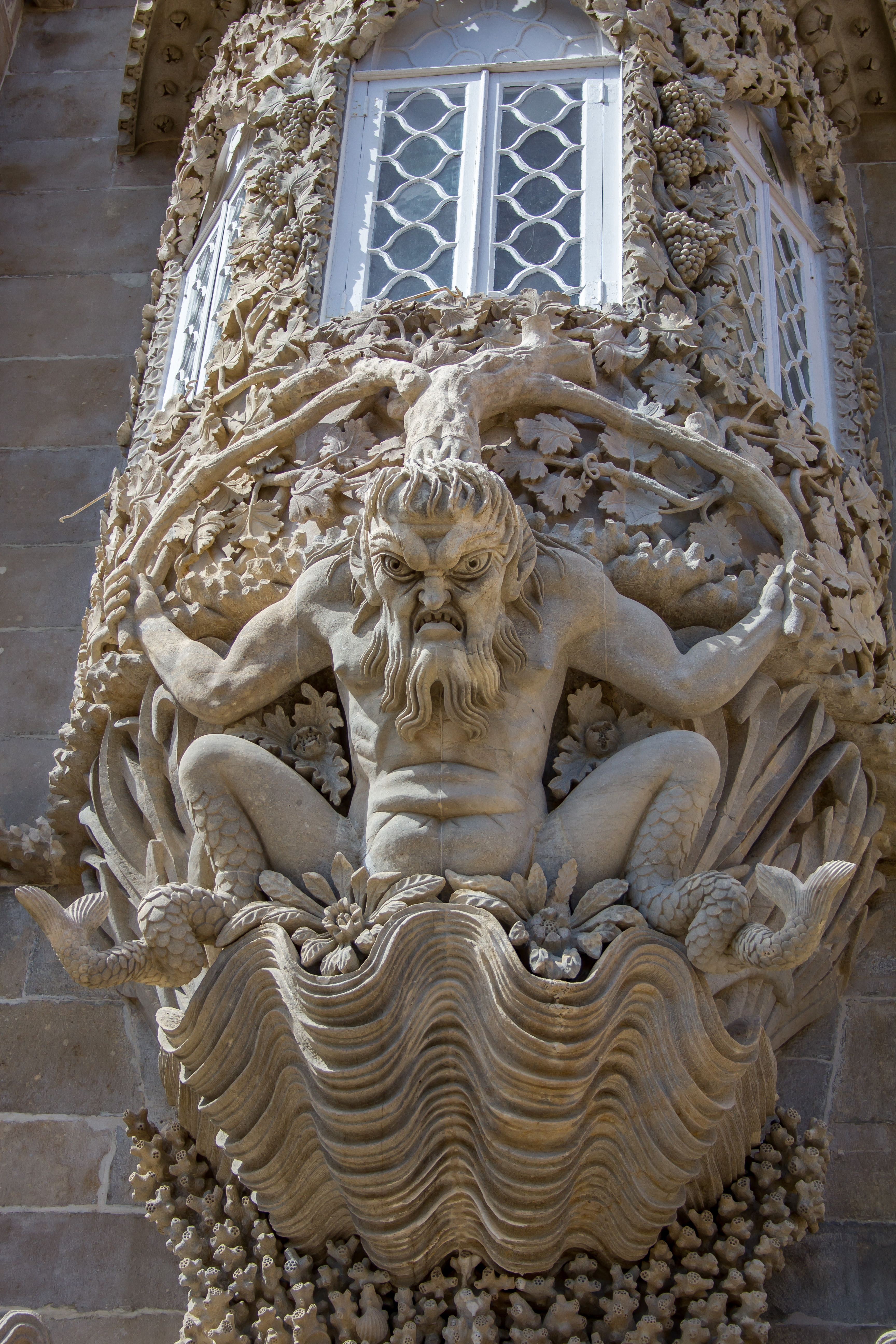
Ferdinand loved his tiles so much he ‘collected them’ aka pillages them, from around the world and built courtyards with his collections.
They also loved their art depicting the killing of Moors.
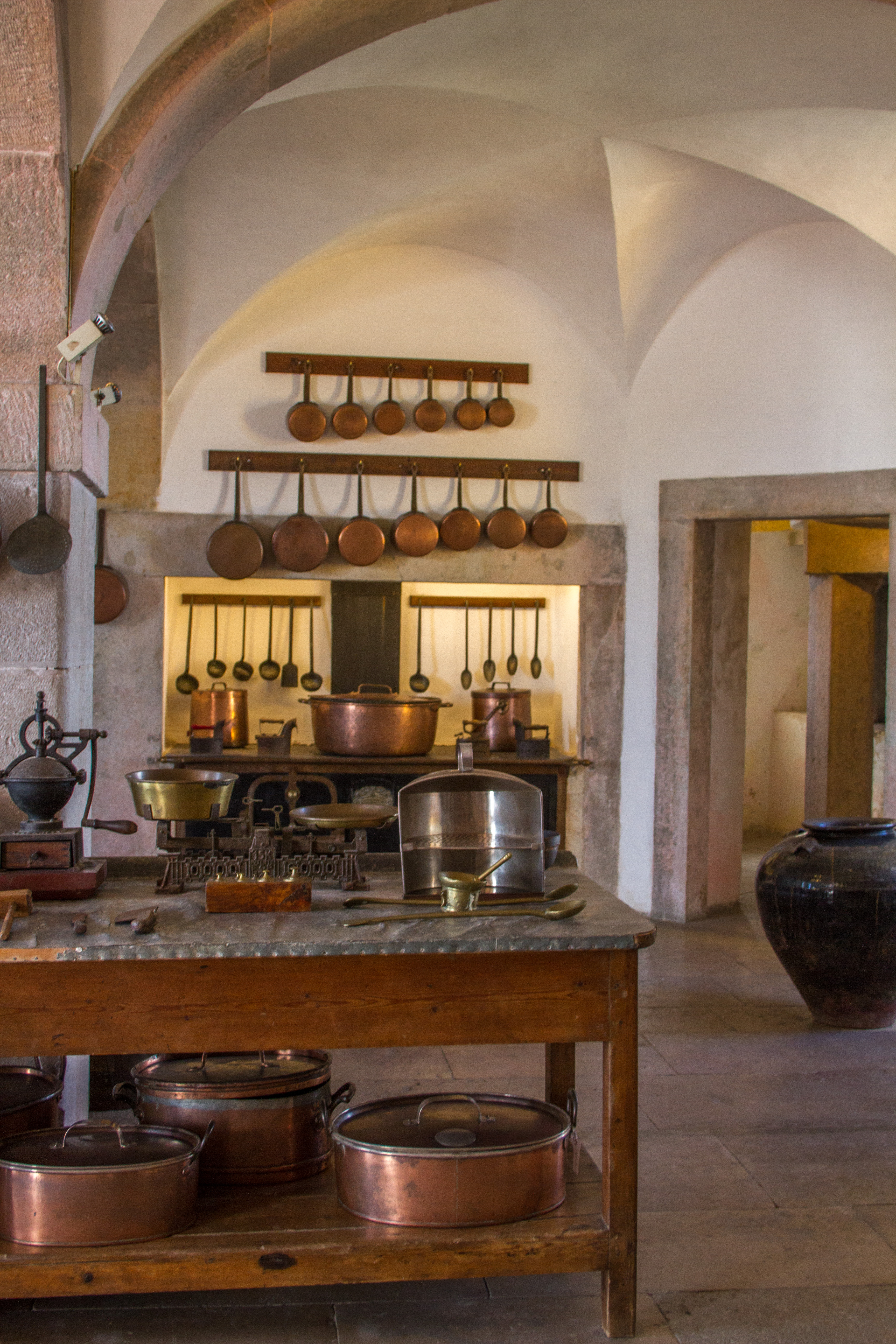
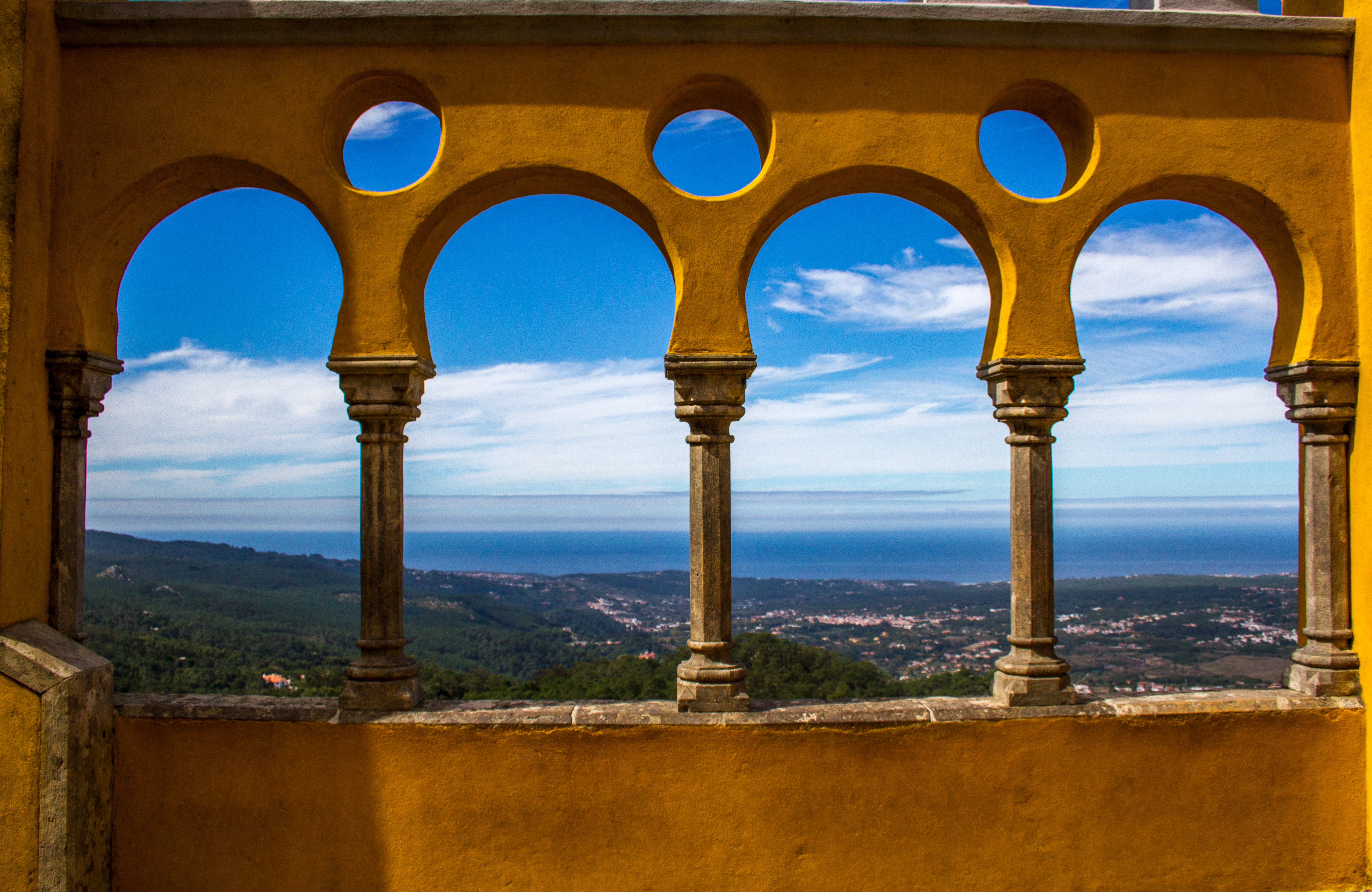
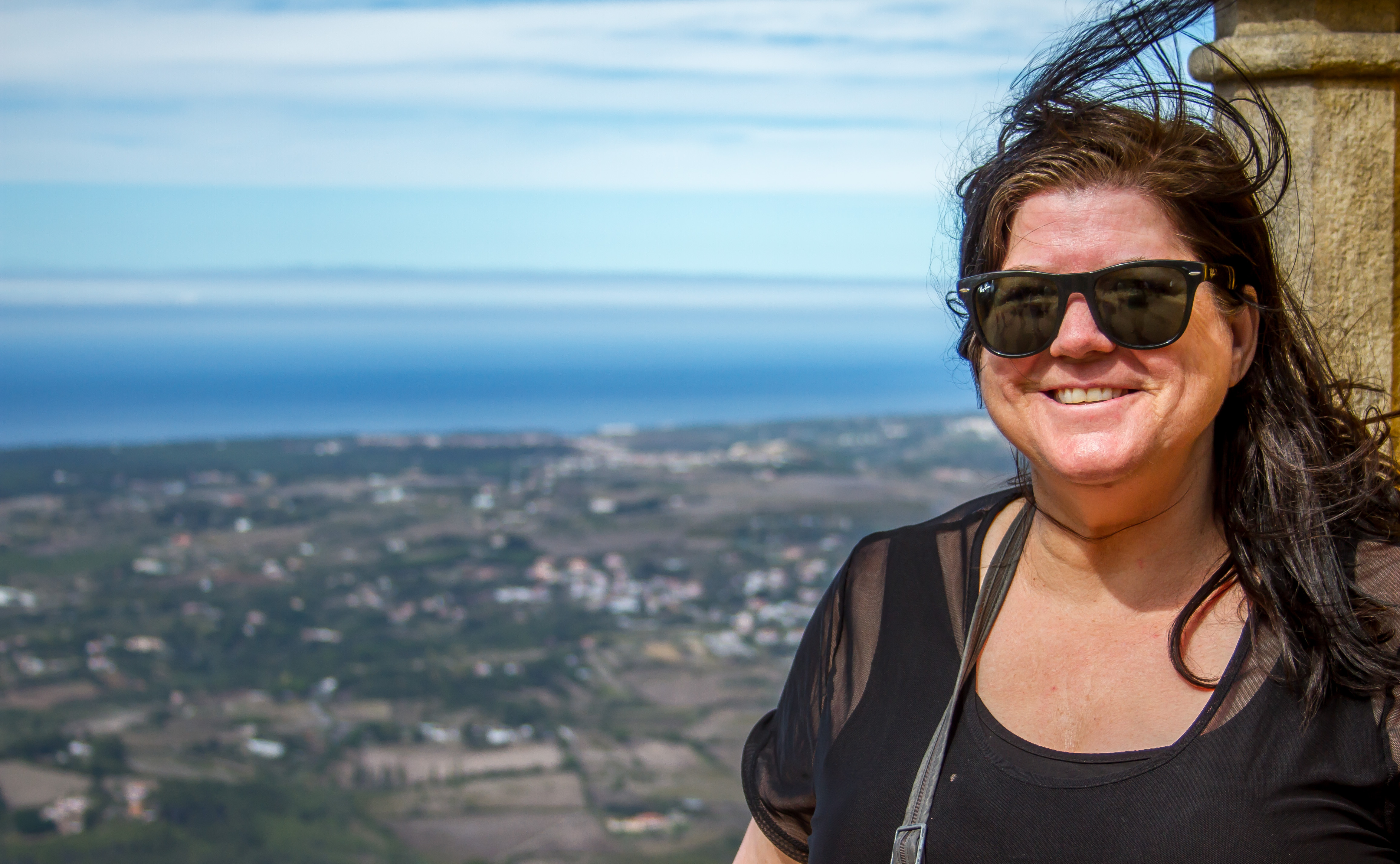
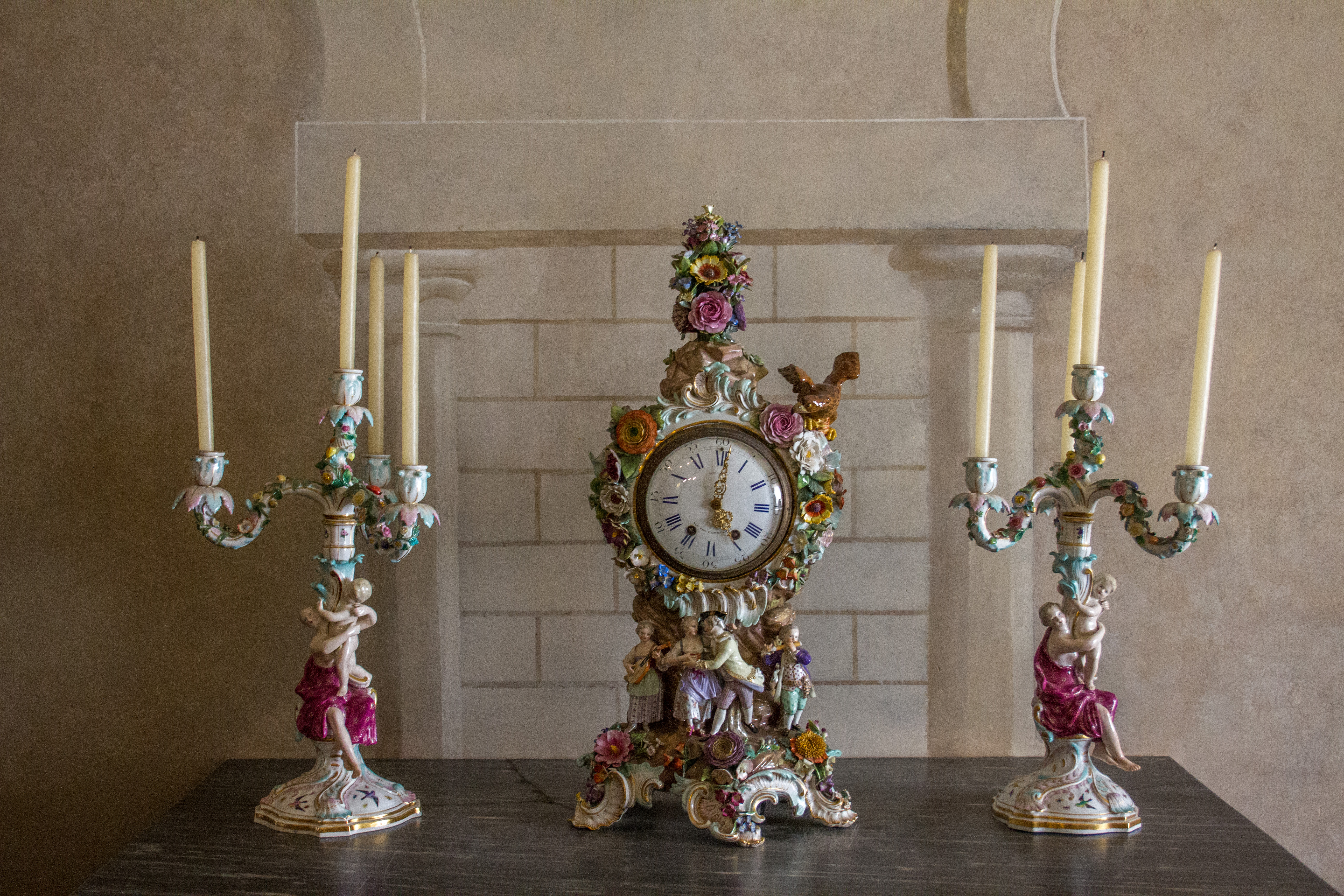
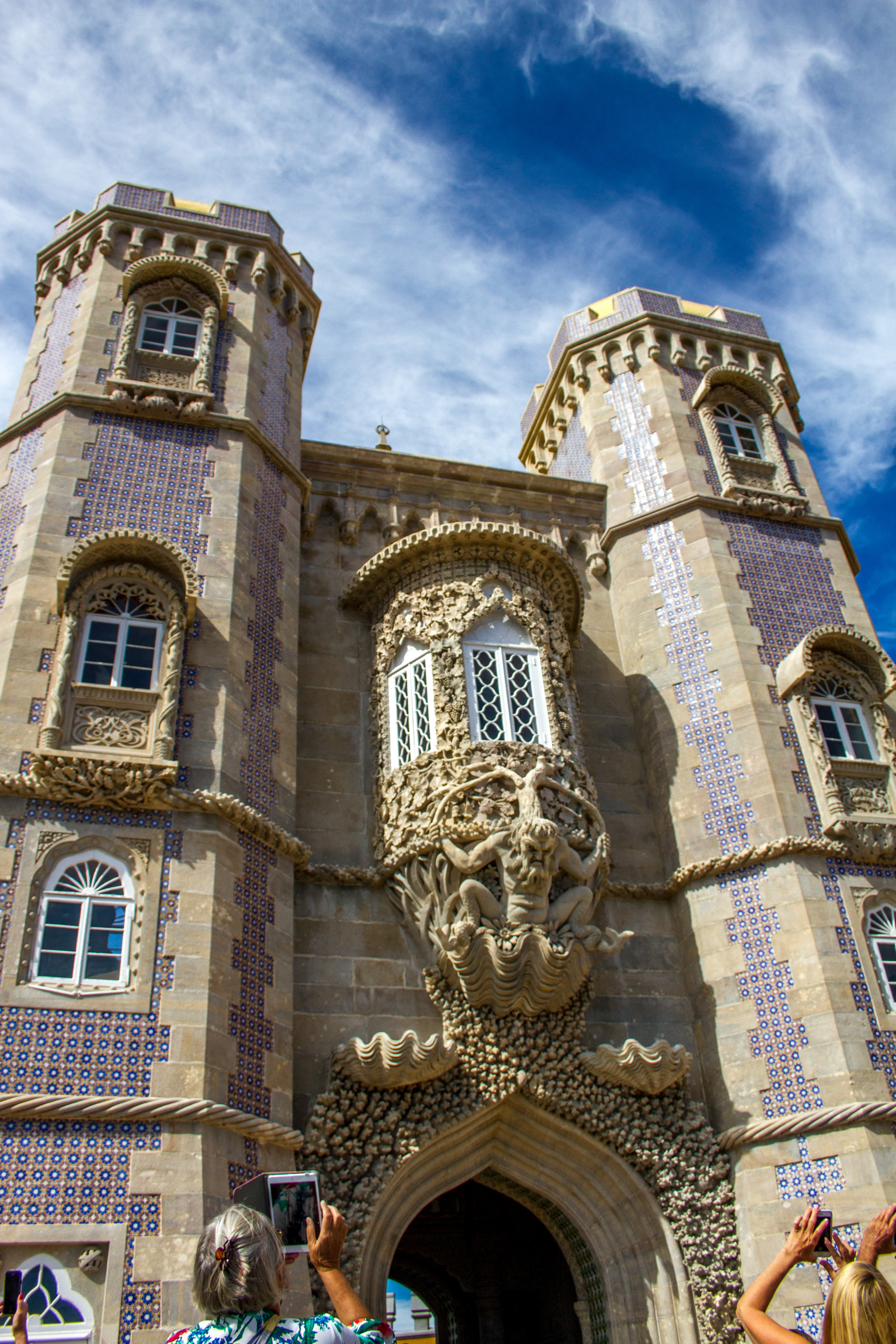
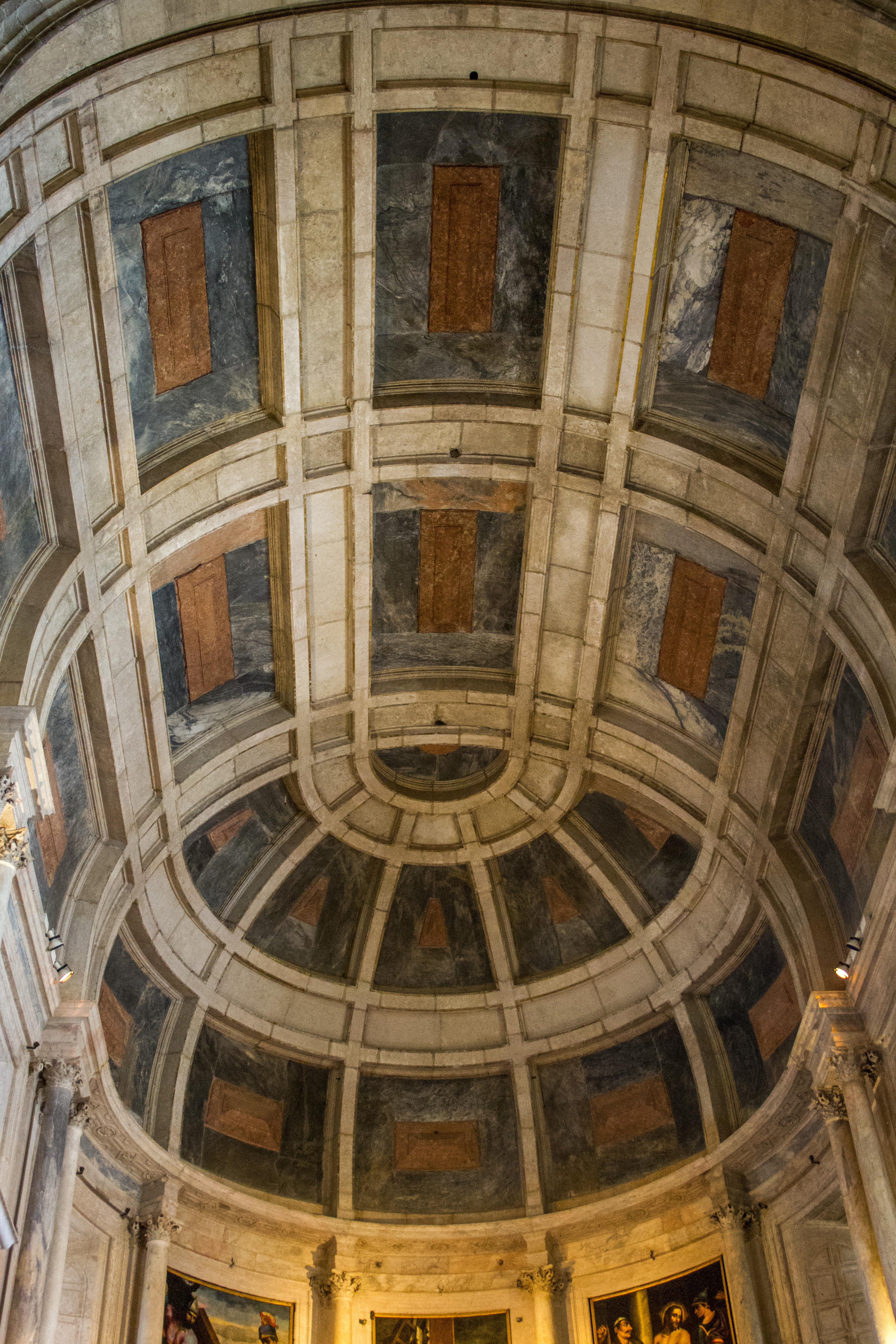
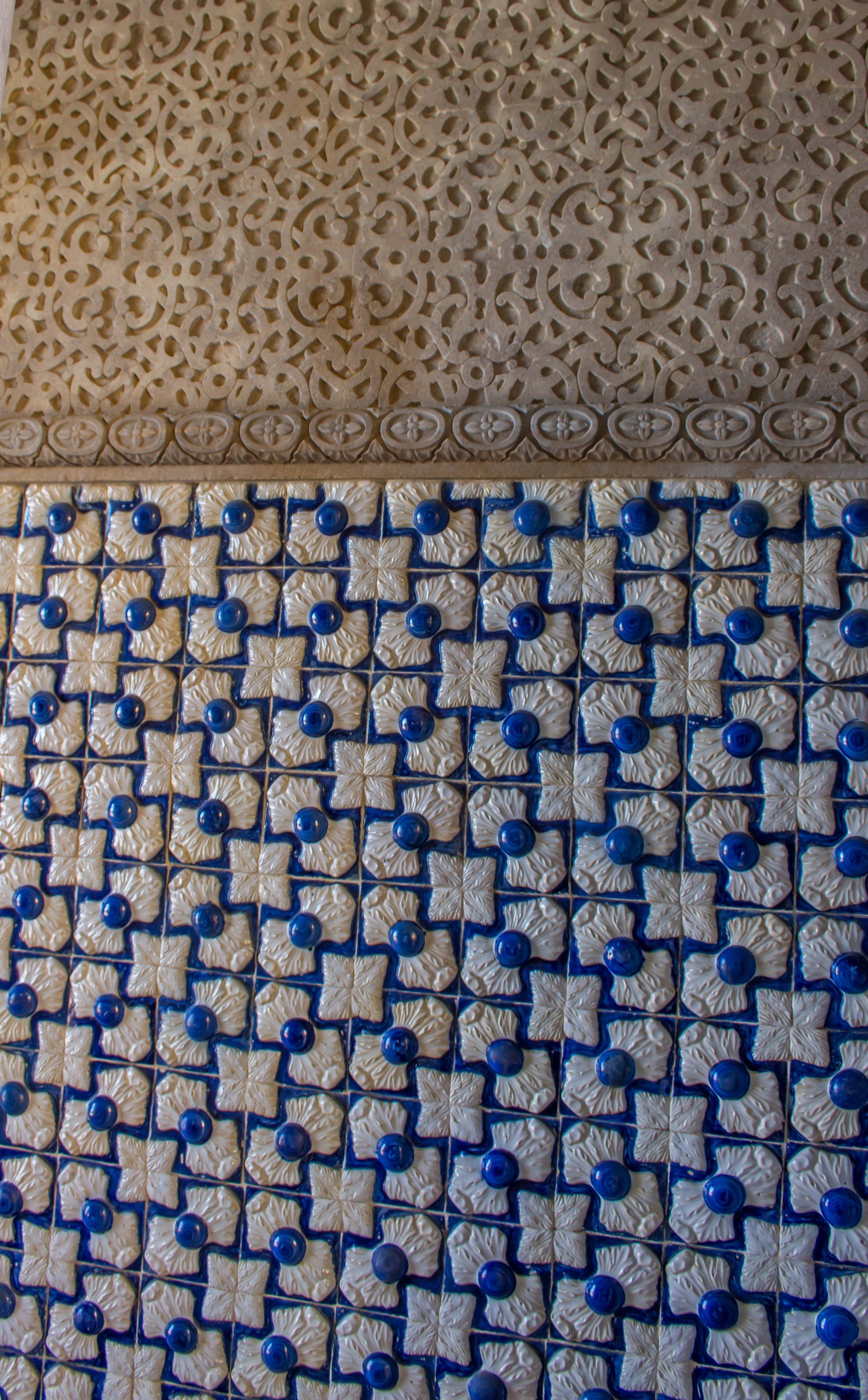
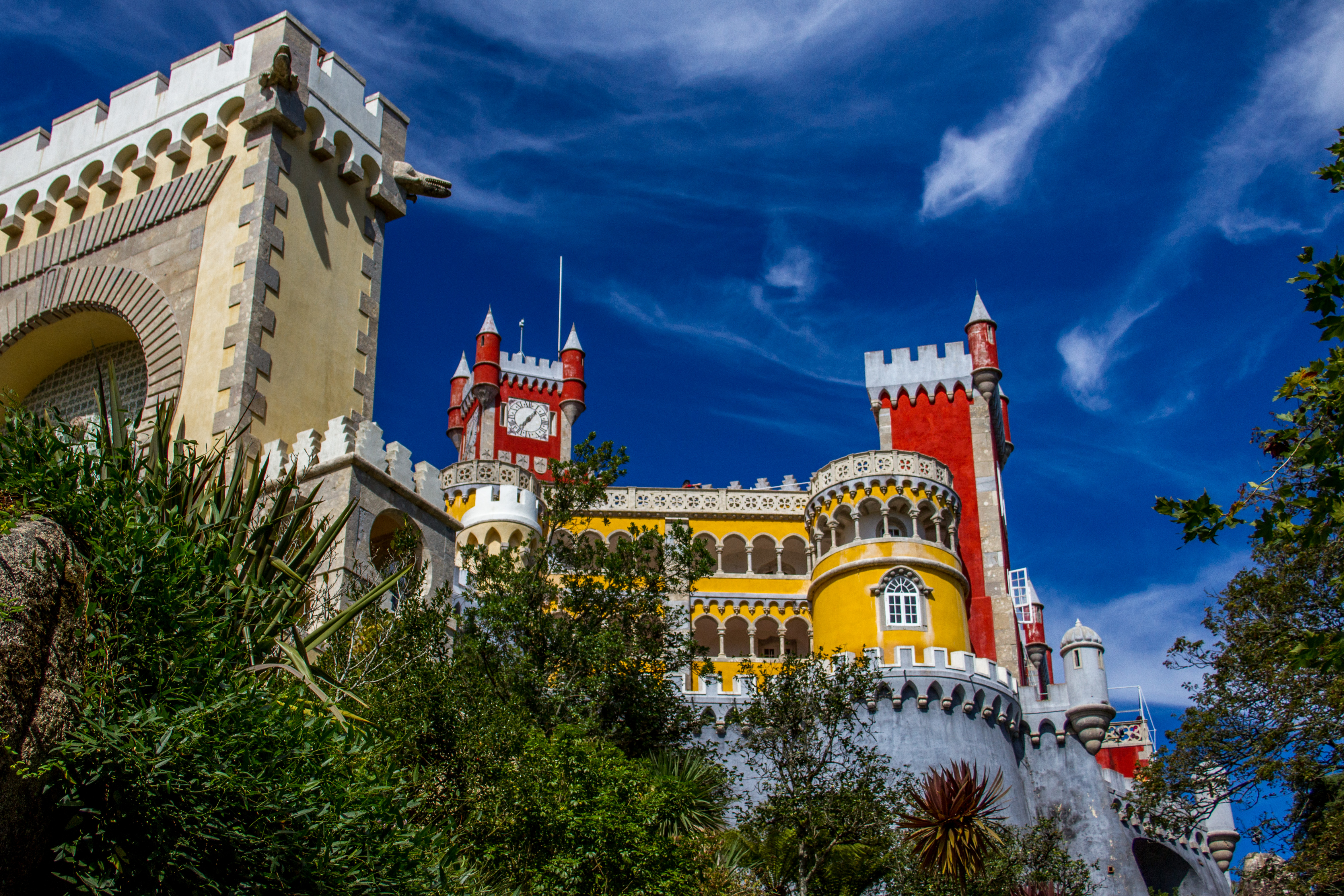
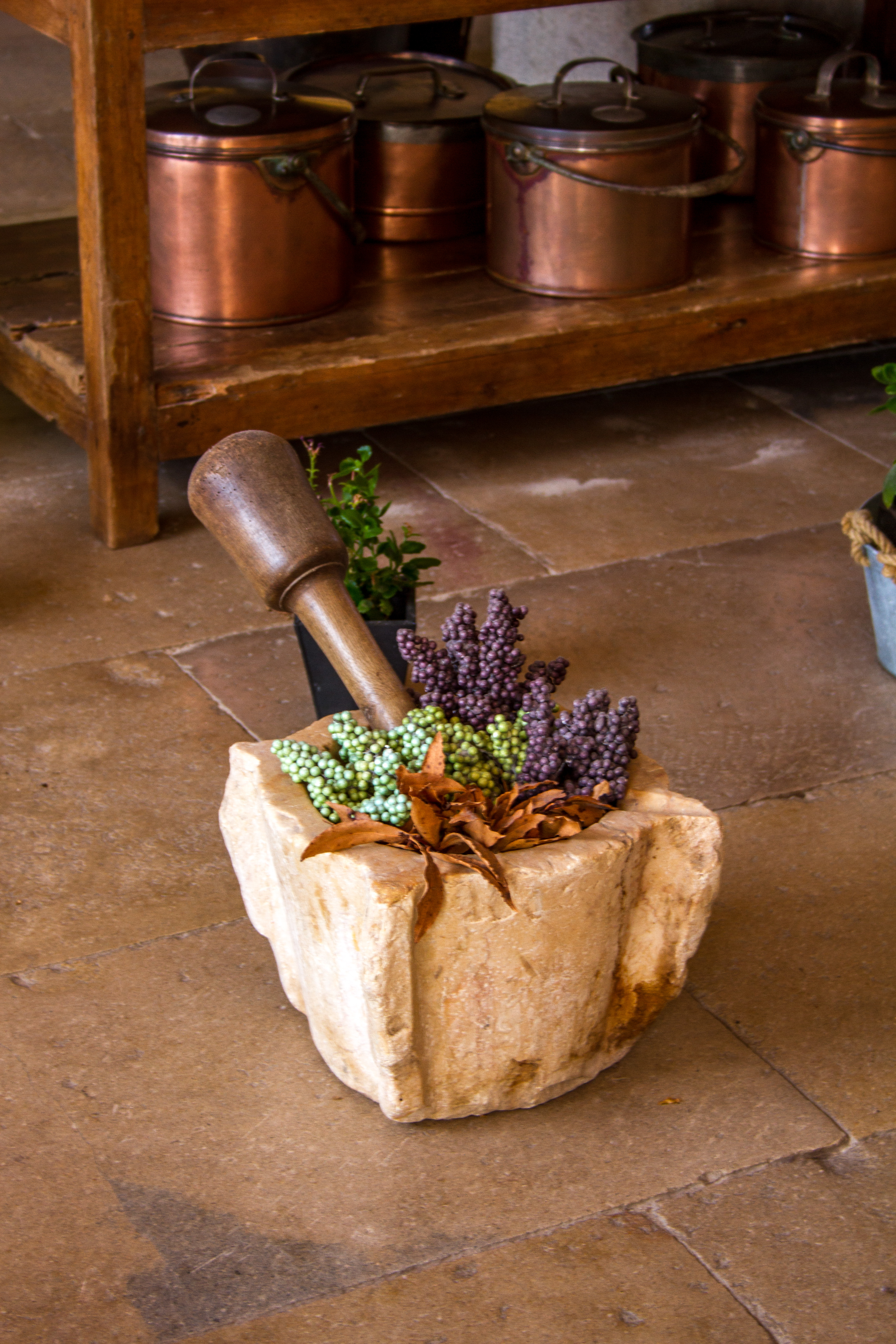

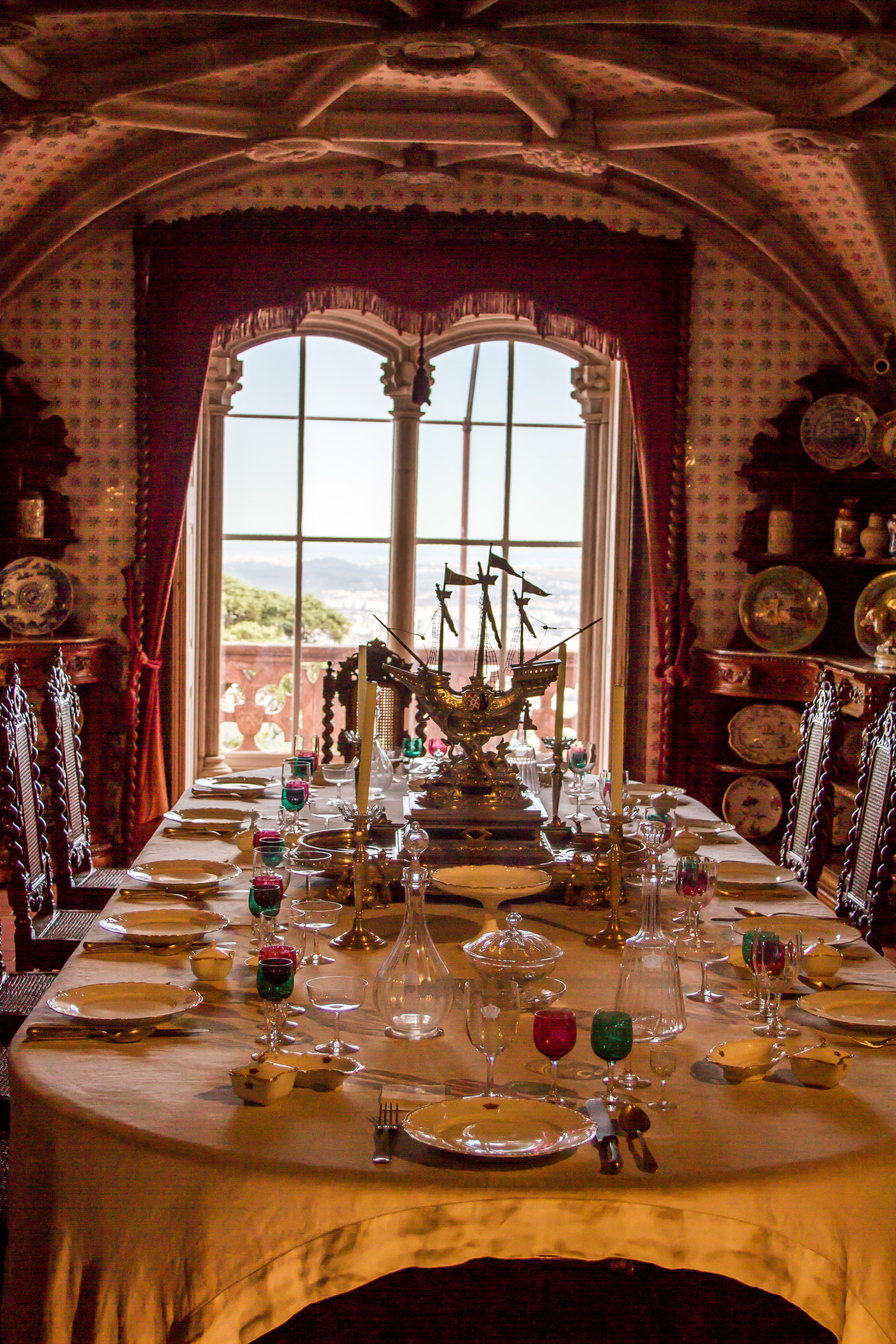

Then to a beach resort town – Cascais. It was a quiet fishing village, until the Royals made it ‘their’ beach town and moved in each October. Very pretty.
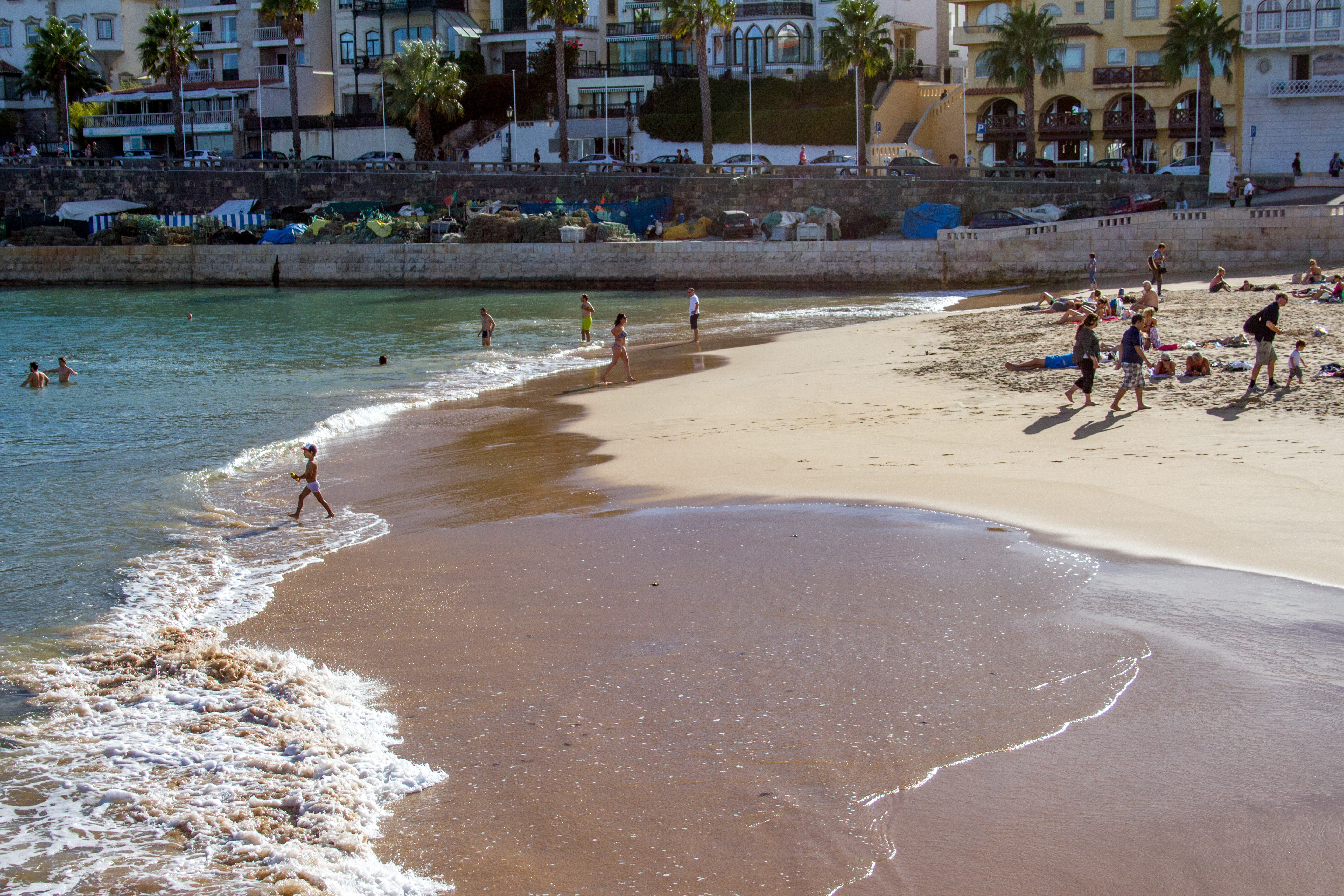

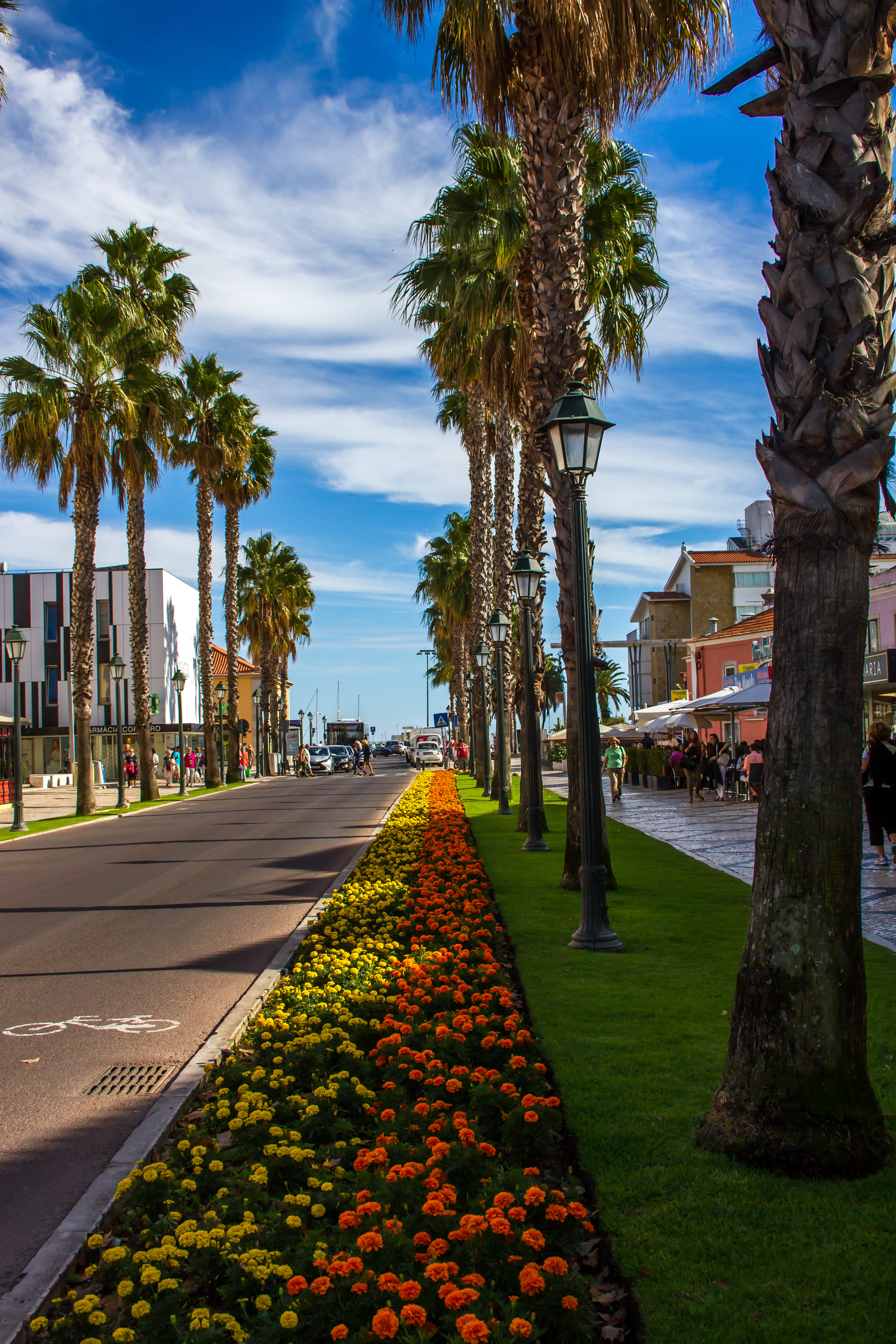
I ate Whole Sardines – the classic dish. Apparently the bigger and fatter the better.
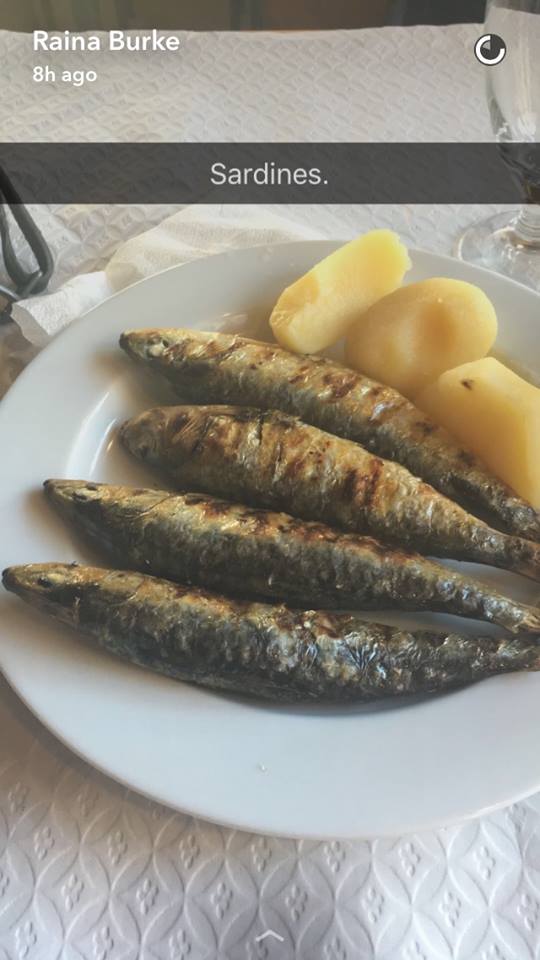
They looked awesome and certainly were very plump.
They tasted good – the skin was SO crisp and crunchy. Till I realised you ate them scales and all. And when I noticed much of the meat was black – and they were certainly plump…..I realised they were not gutted. They were in fact – Whole Sardines – fat and plump.
And then a drive around Lisbon.
The Aquaduct – survived the earthquake.
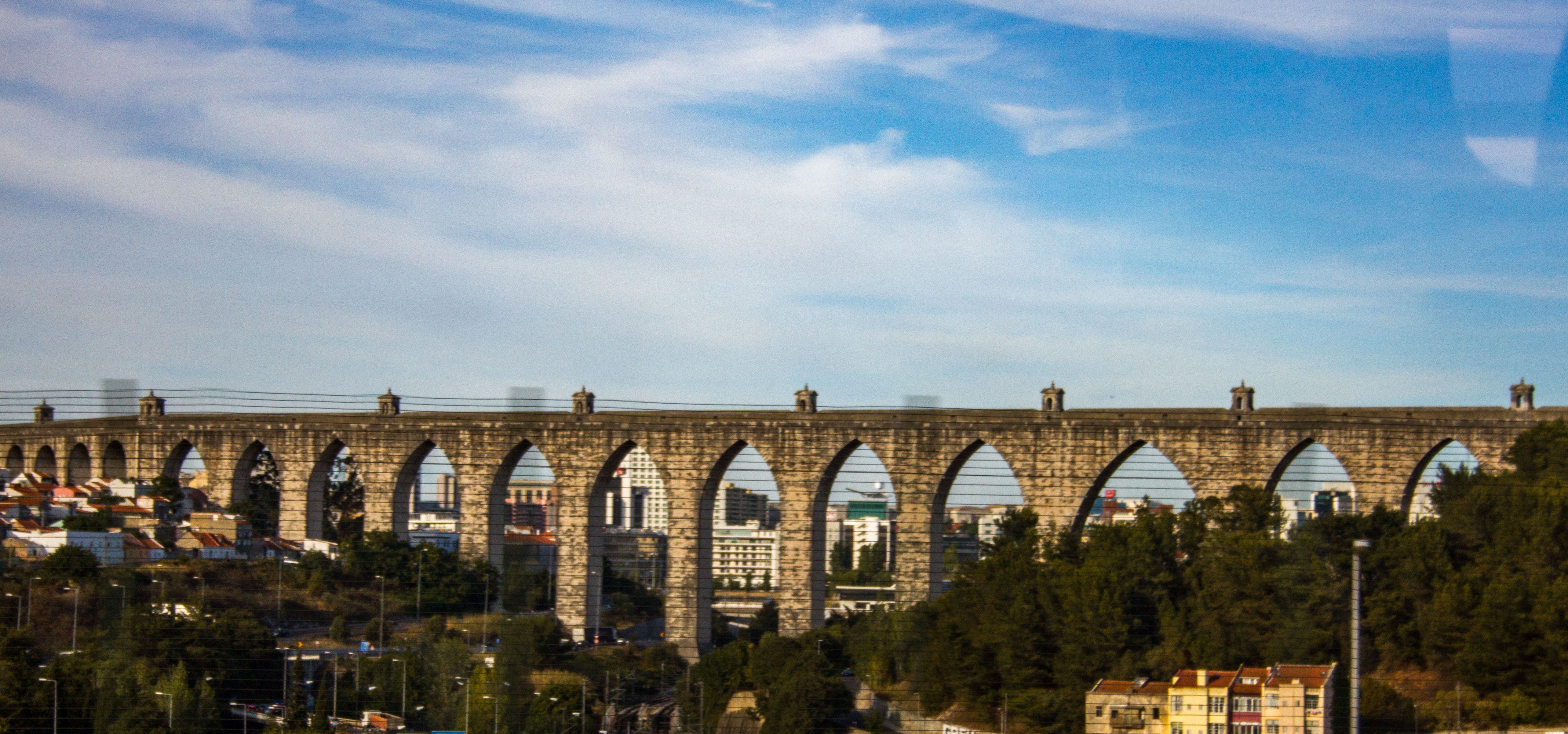
Lisbon’s own Golden Gate bridge. Designed by the guy who did the real one in San Francisco.
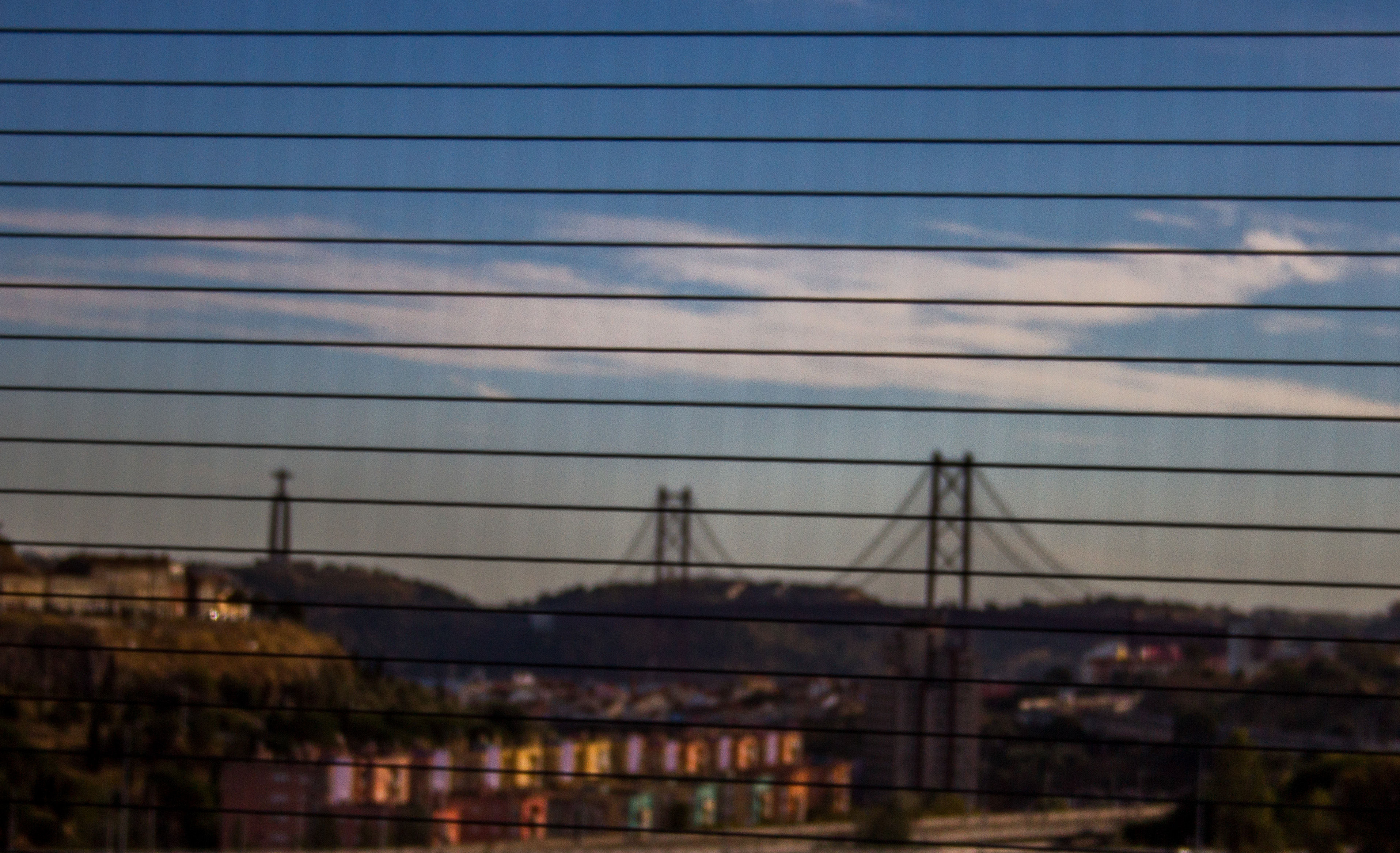

It was a good day.
And Sail away was lovely.
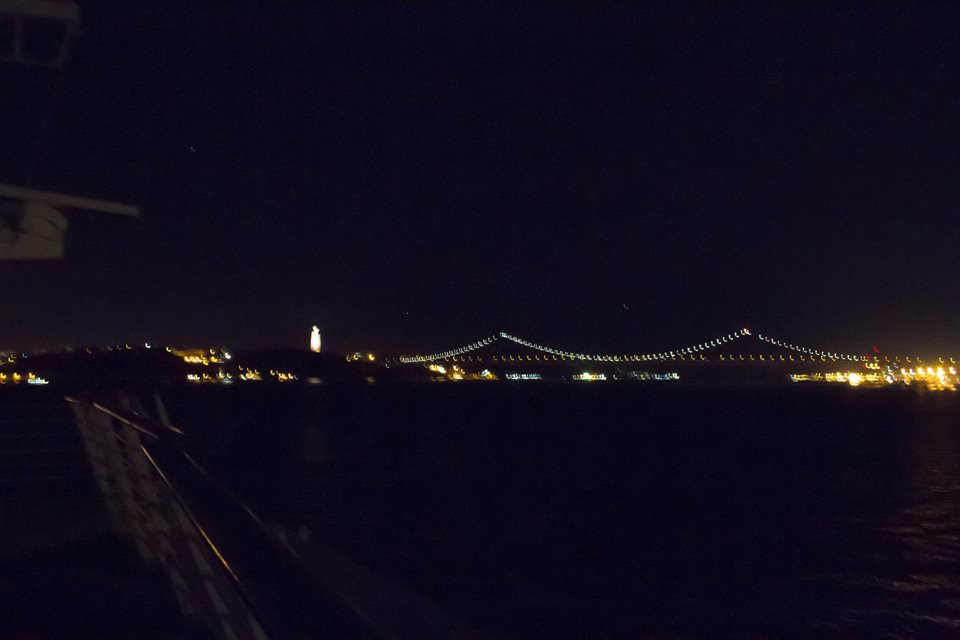
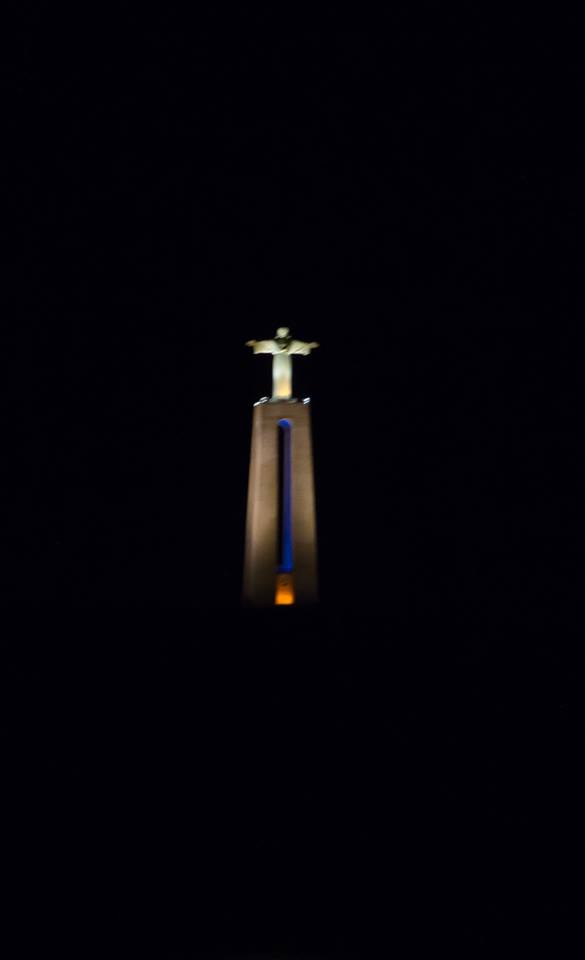
Lisbon even has it’s own version of Christ the Redeemer – from Rio. And facing the one in Rio – not into the city.
5th Oct – At Sea.
The sea was so flat. Not sure why the captain was sounding the fog horn every 15 minutes?
Trivia, lunch with a great guy from Cruise Director staff.
Rest and relaxation – because tomorrow is Morocco!